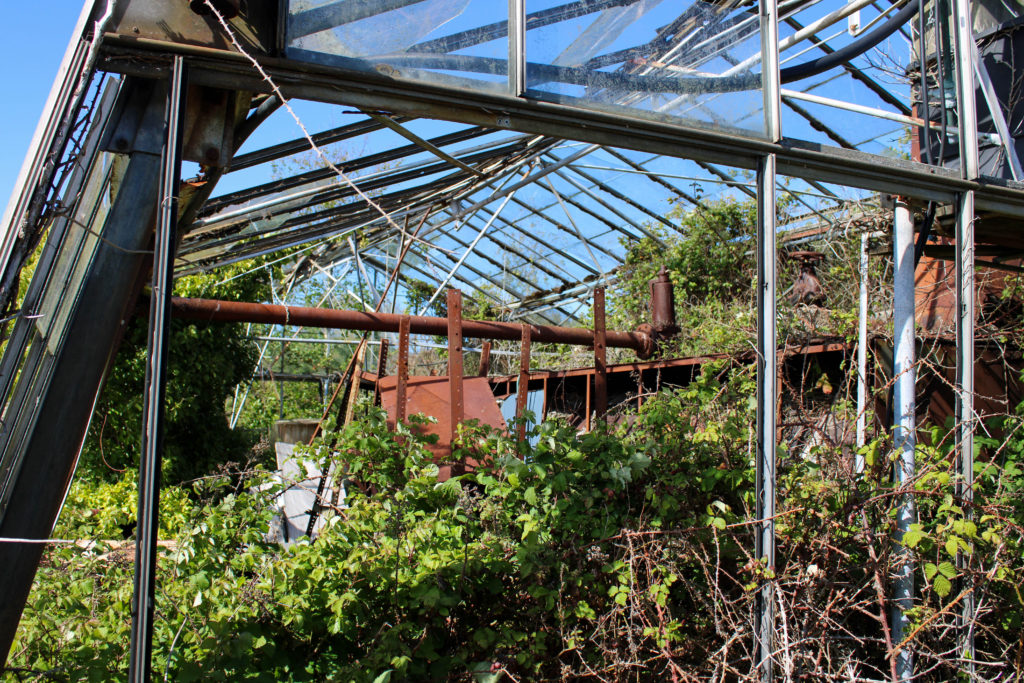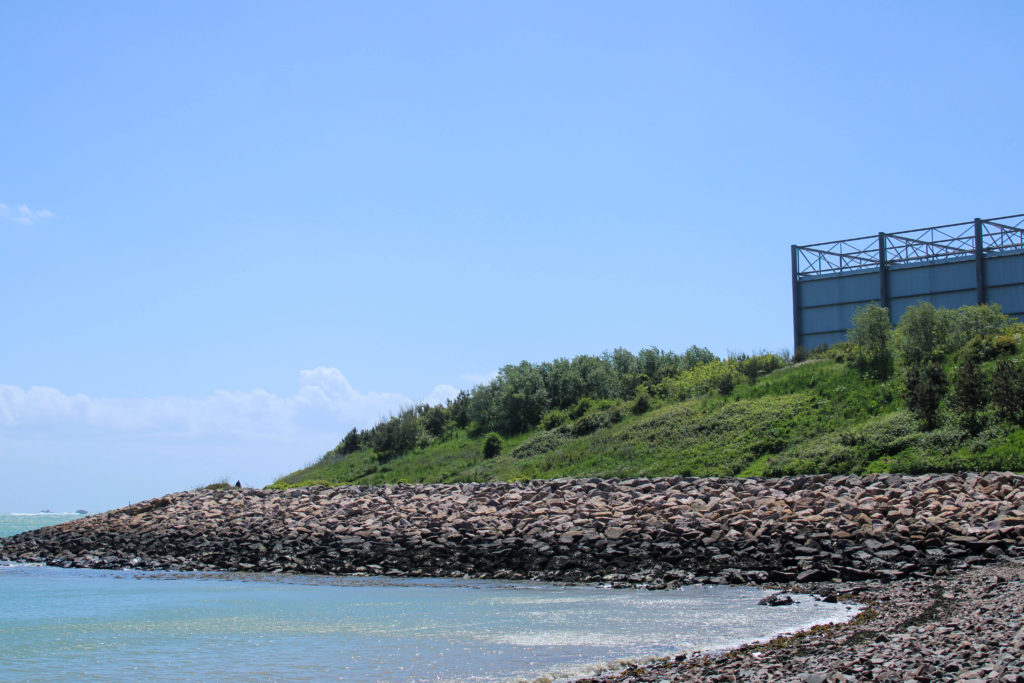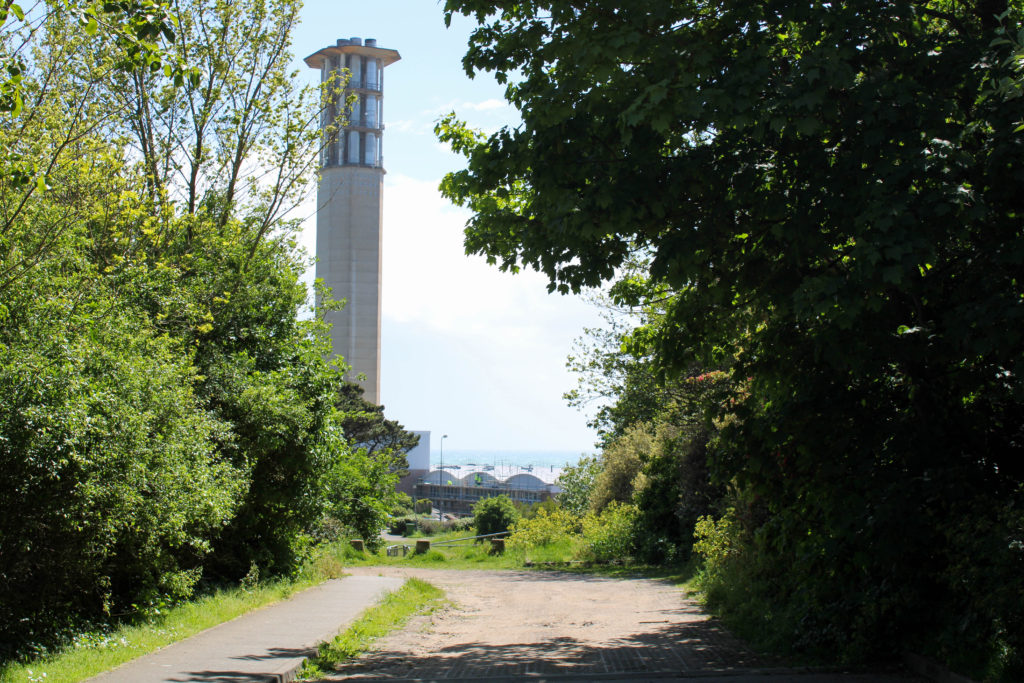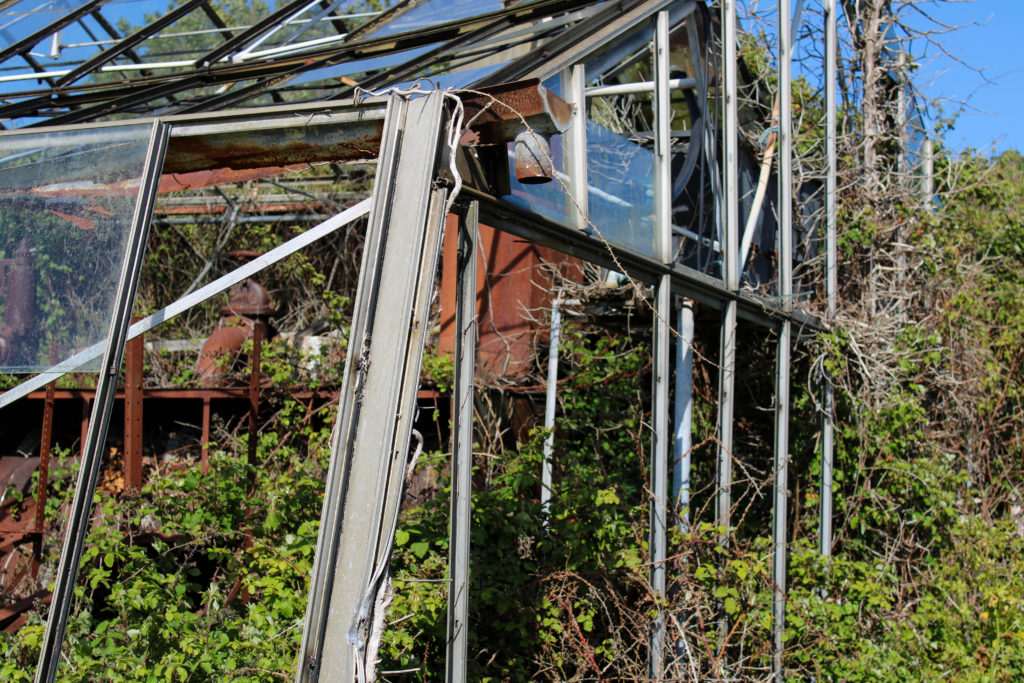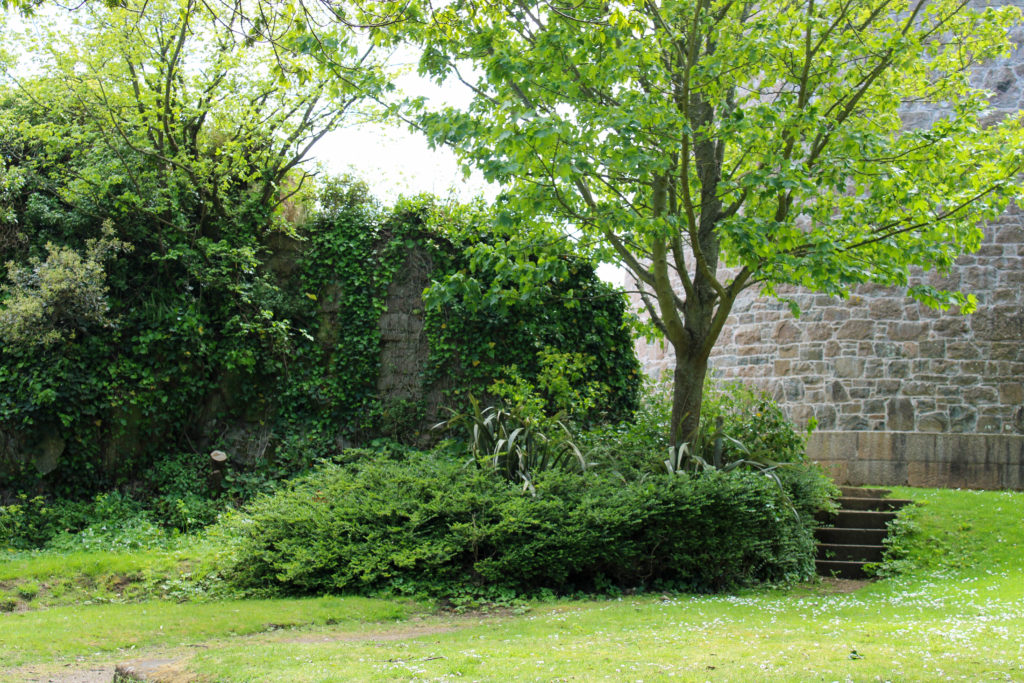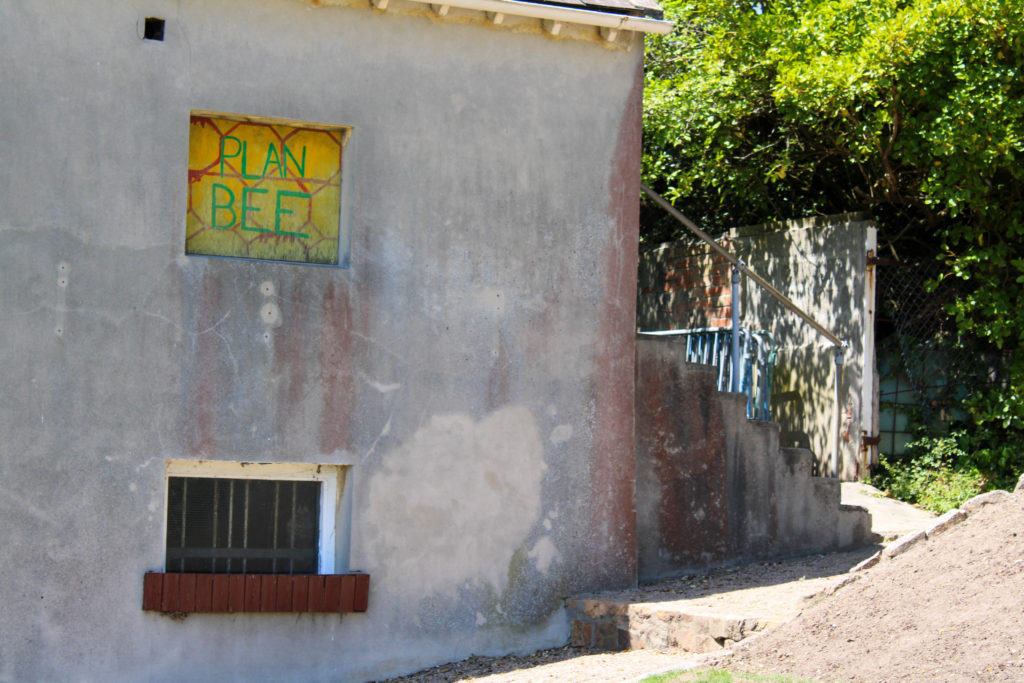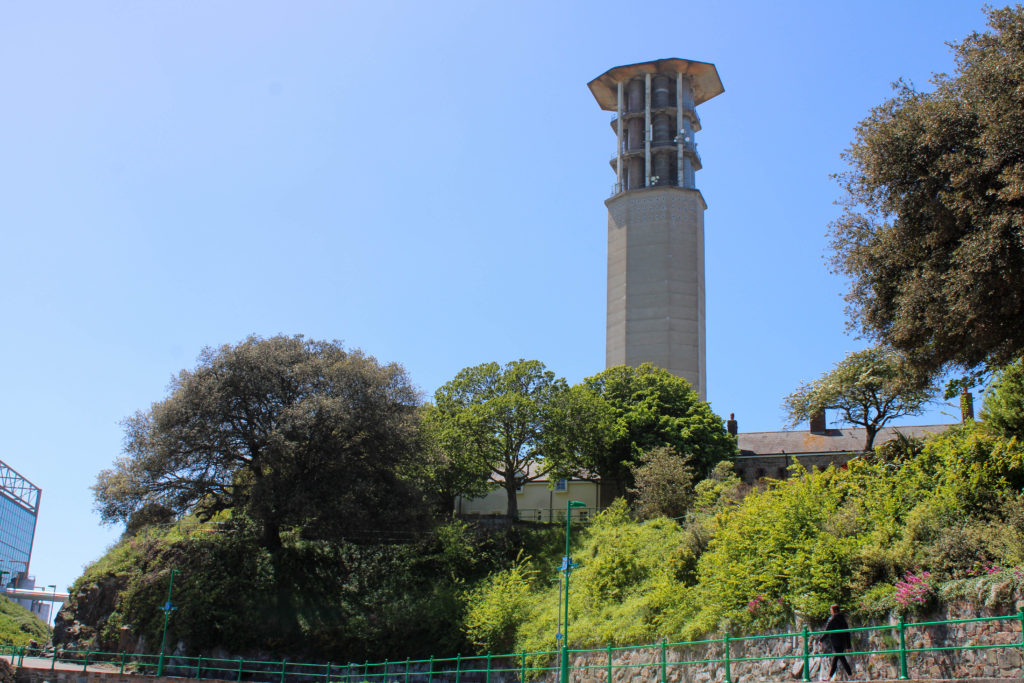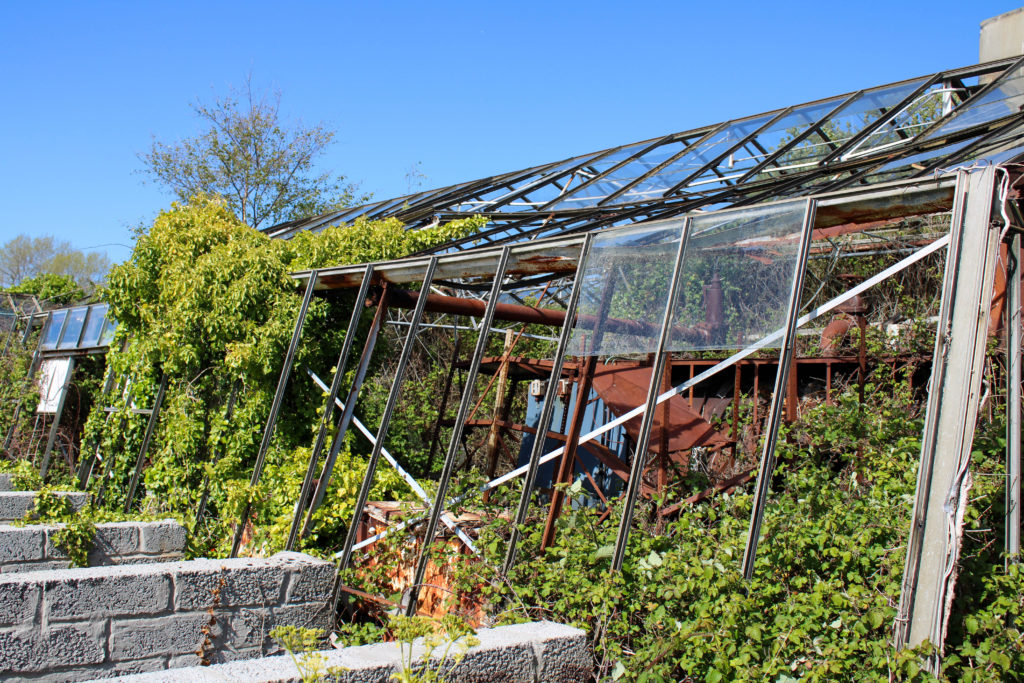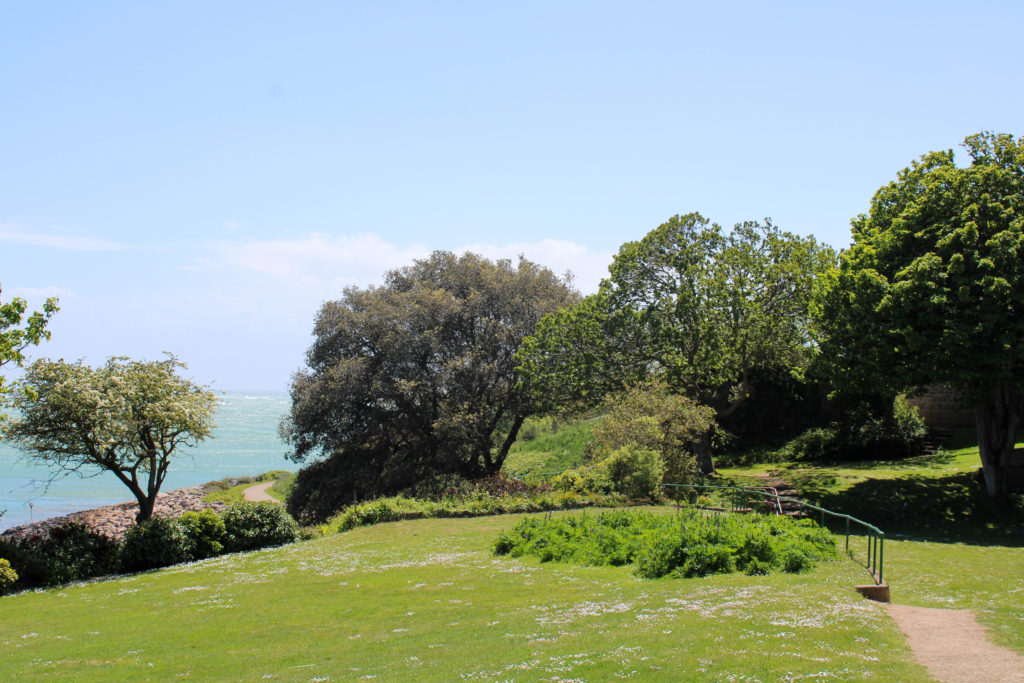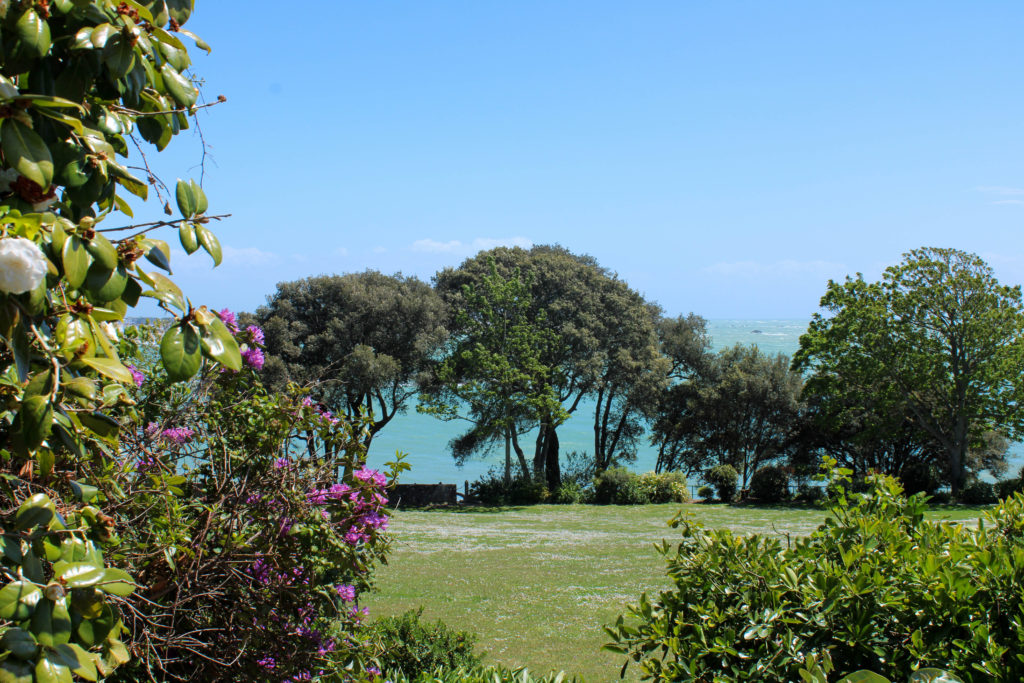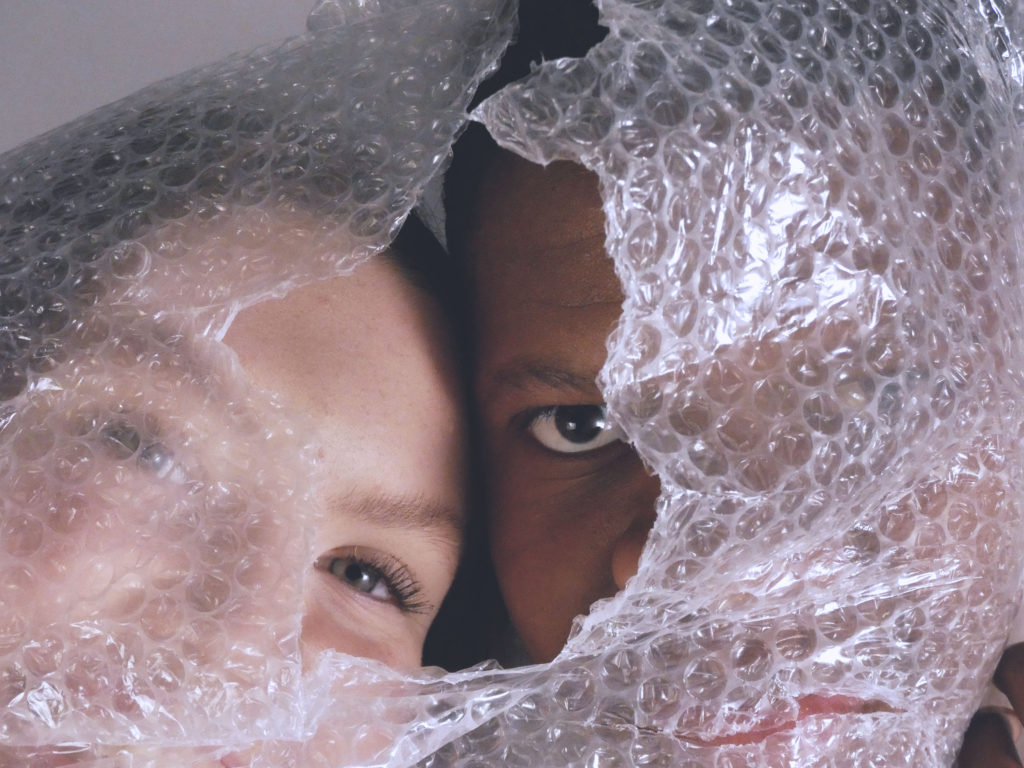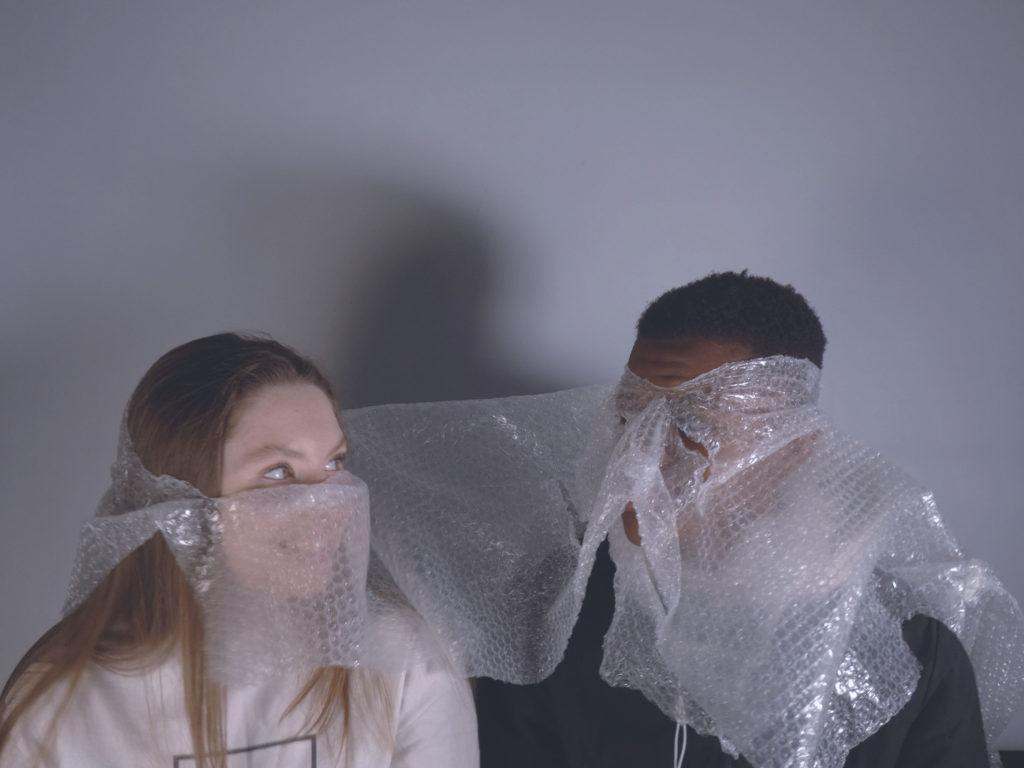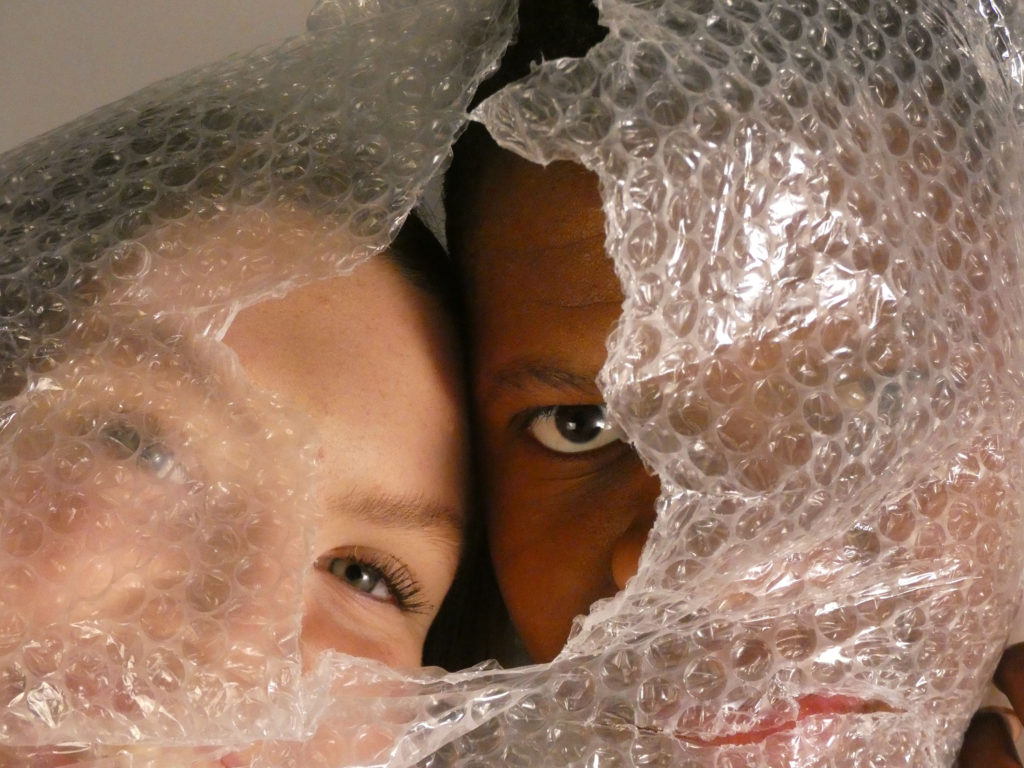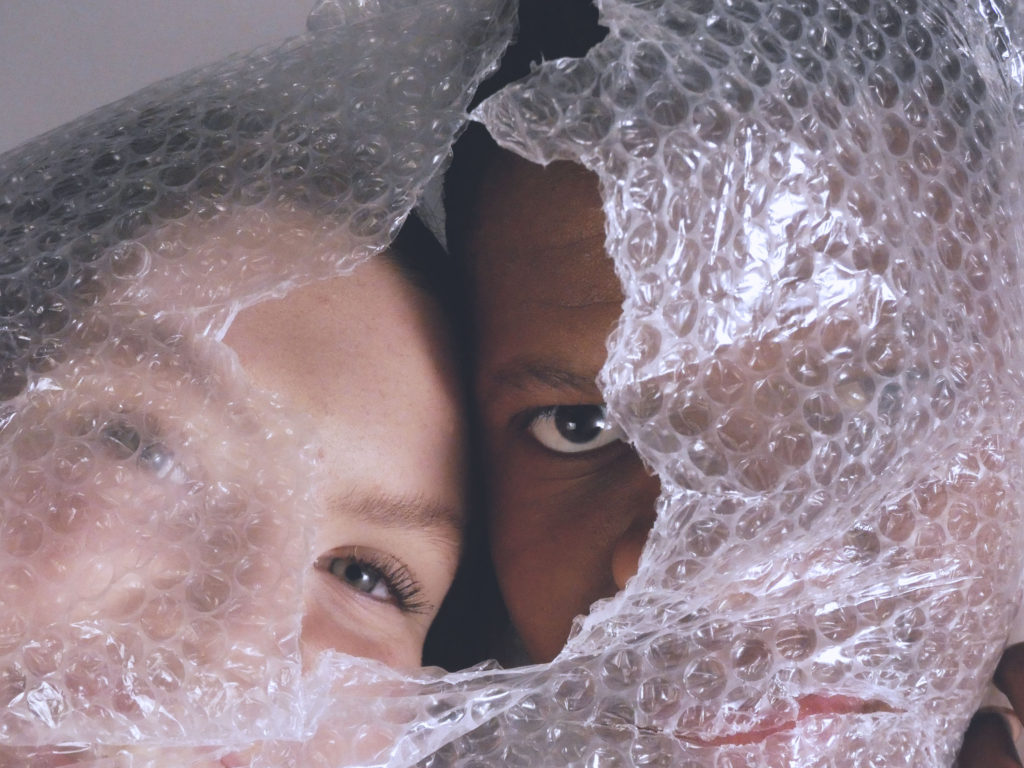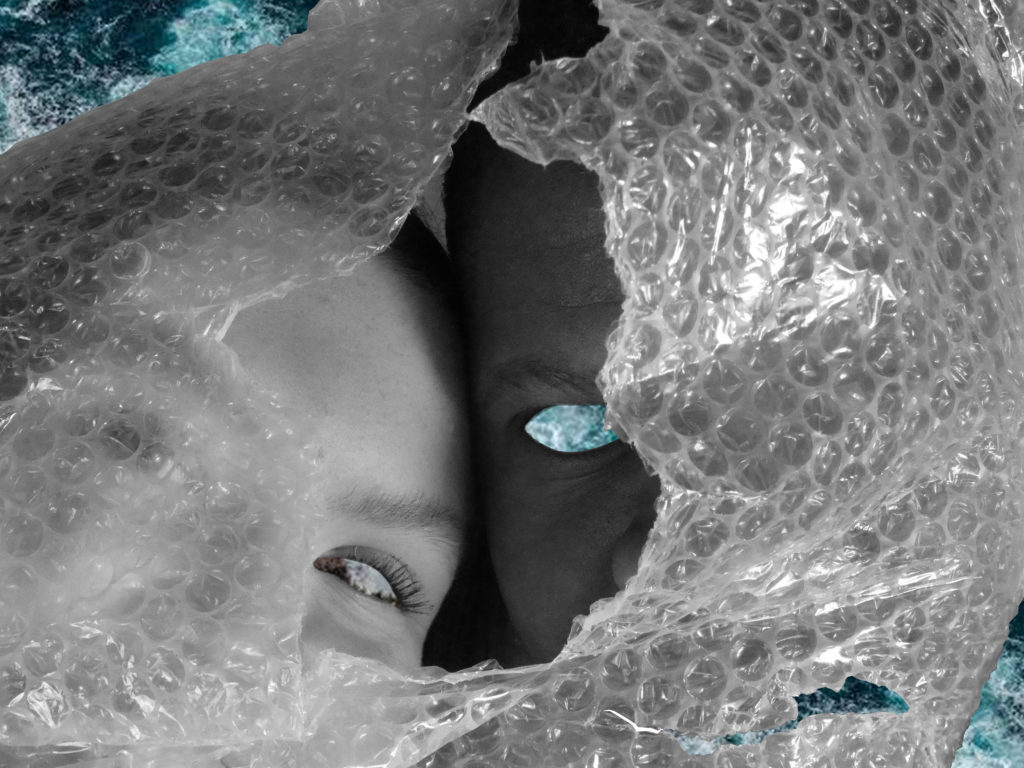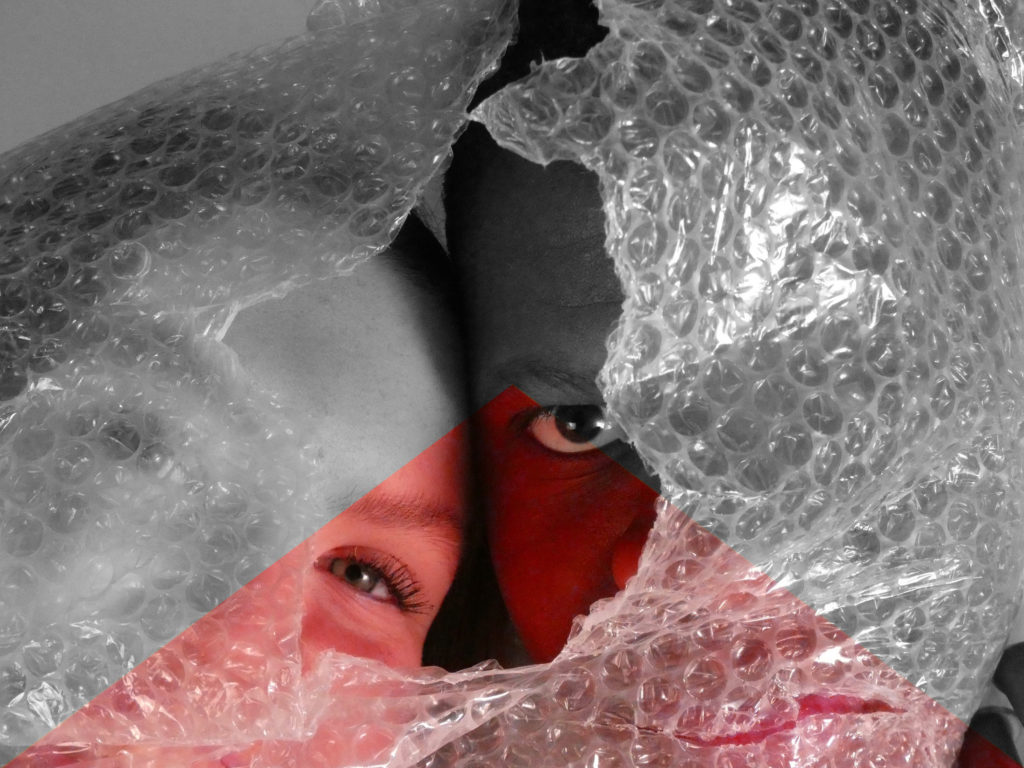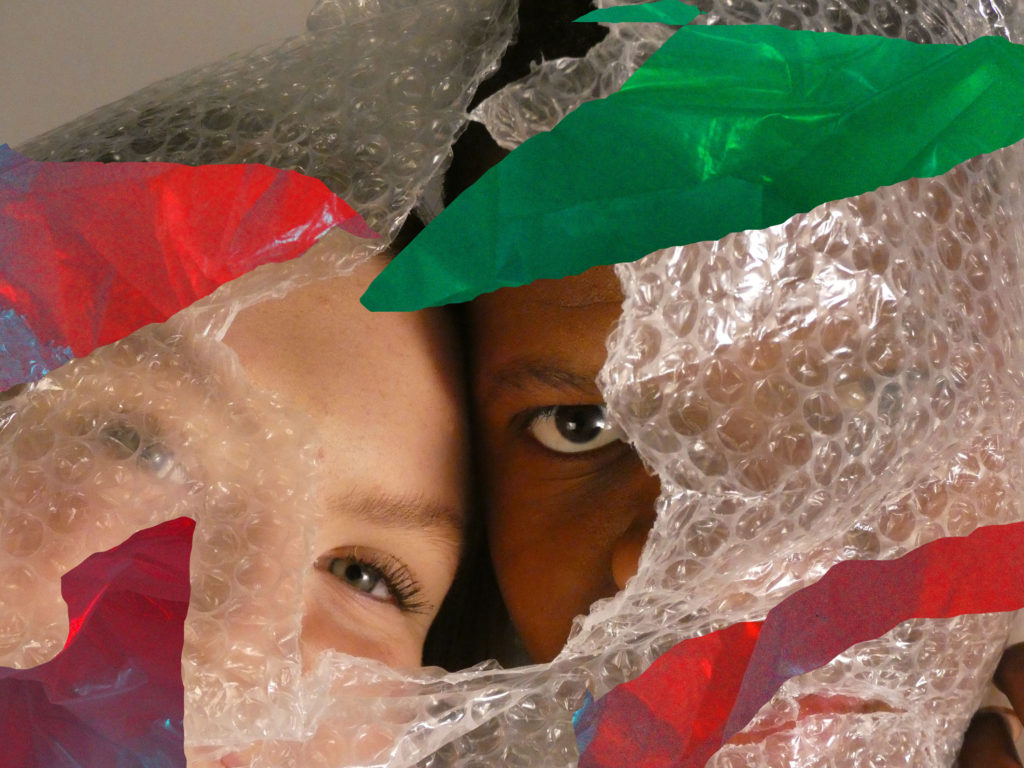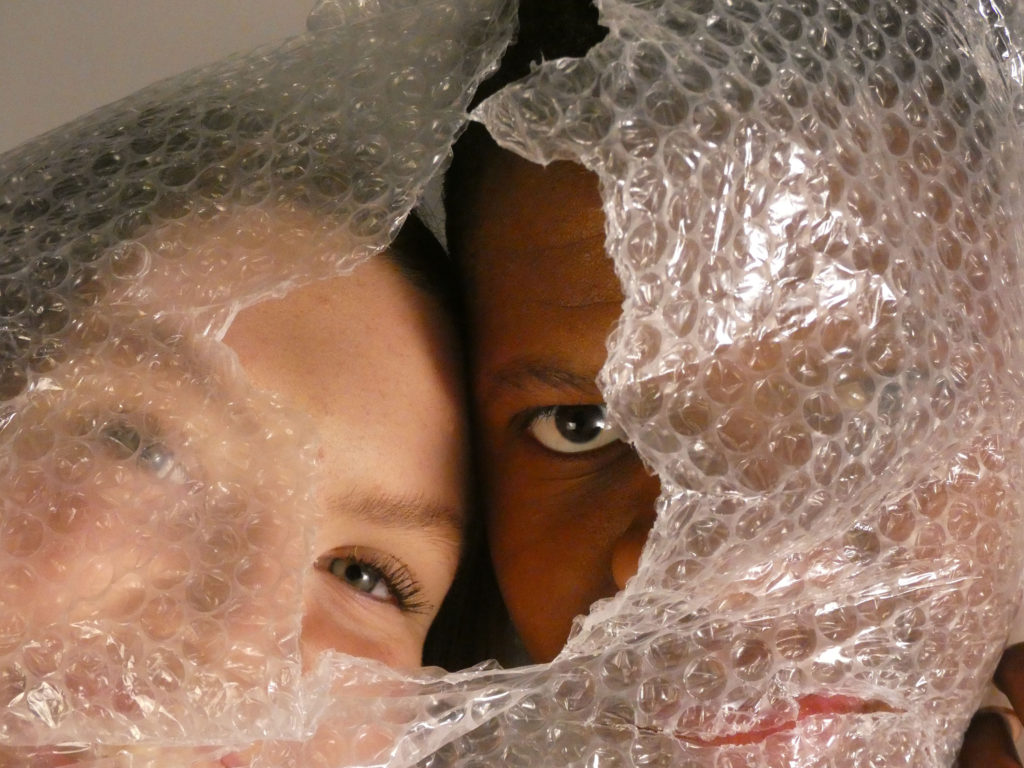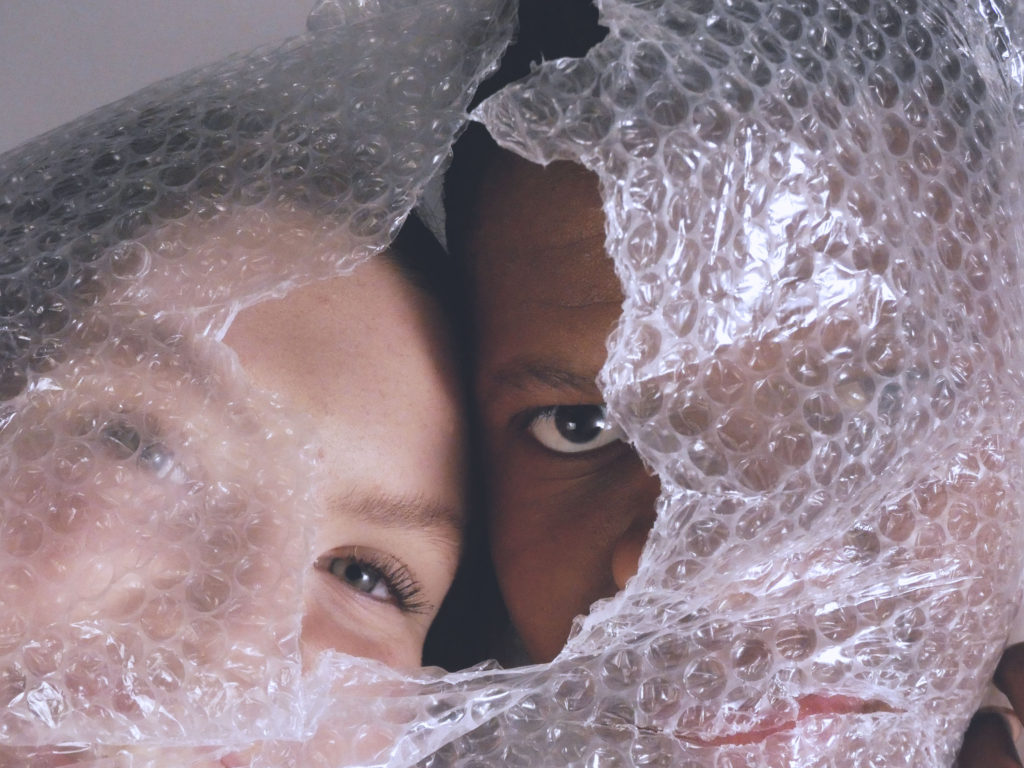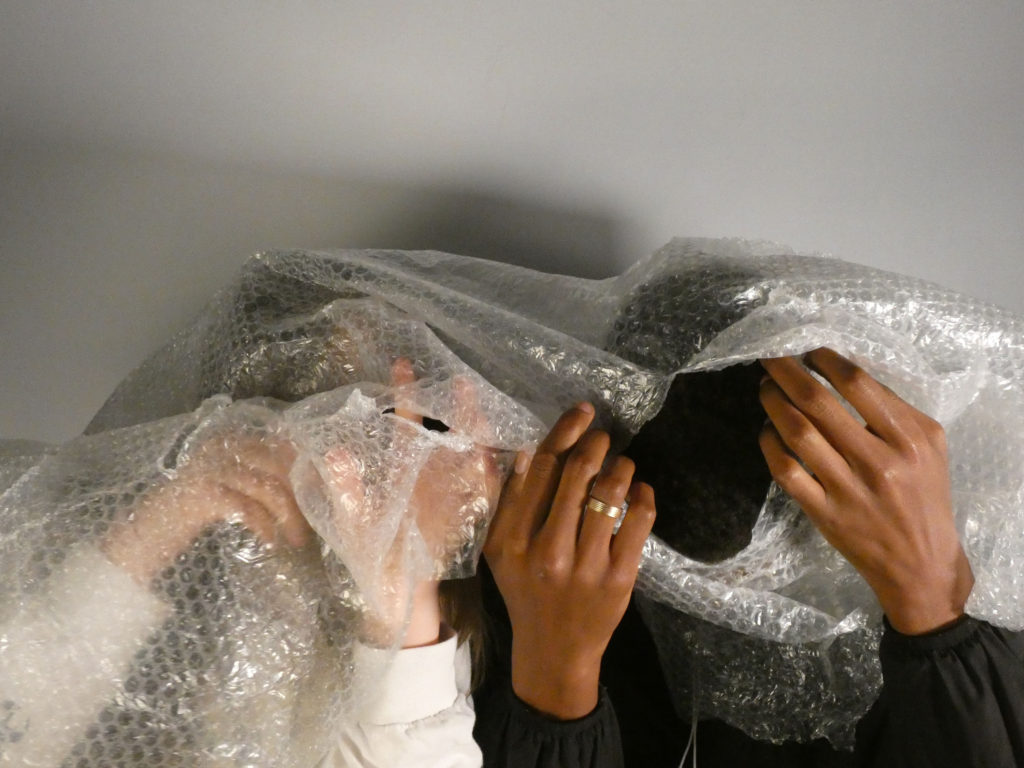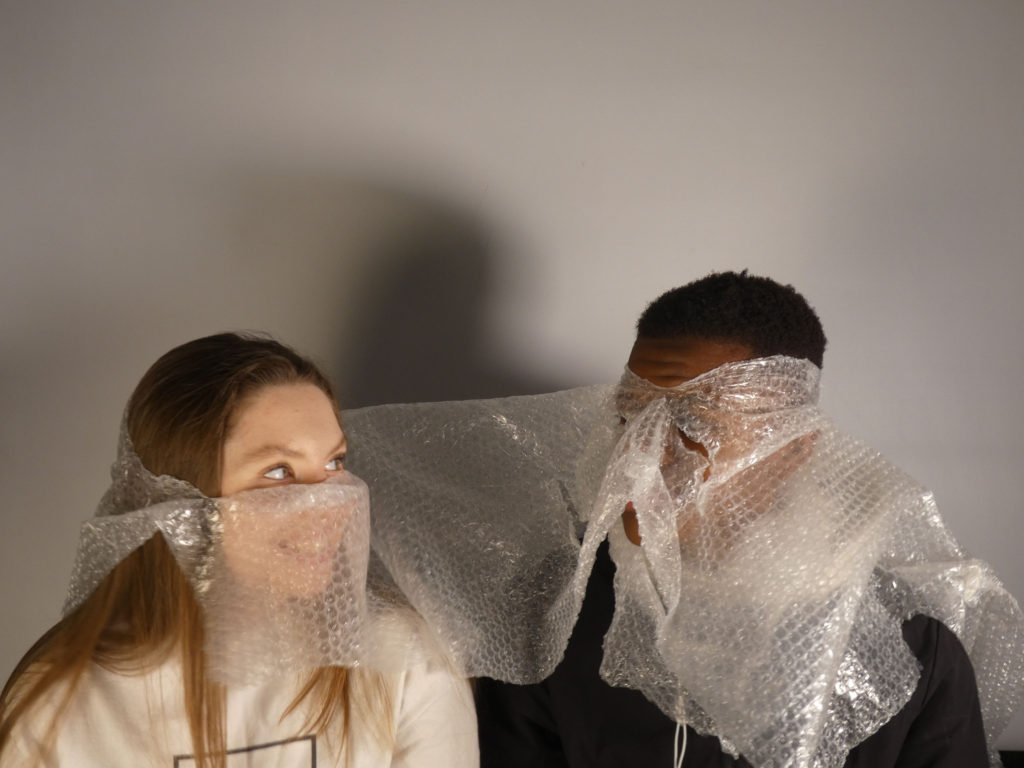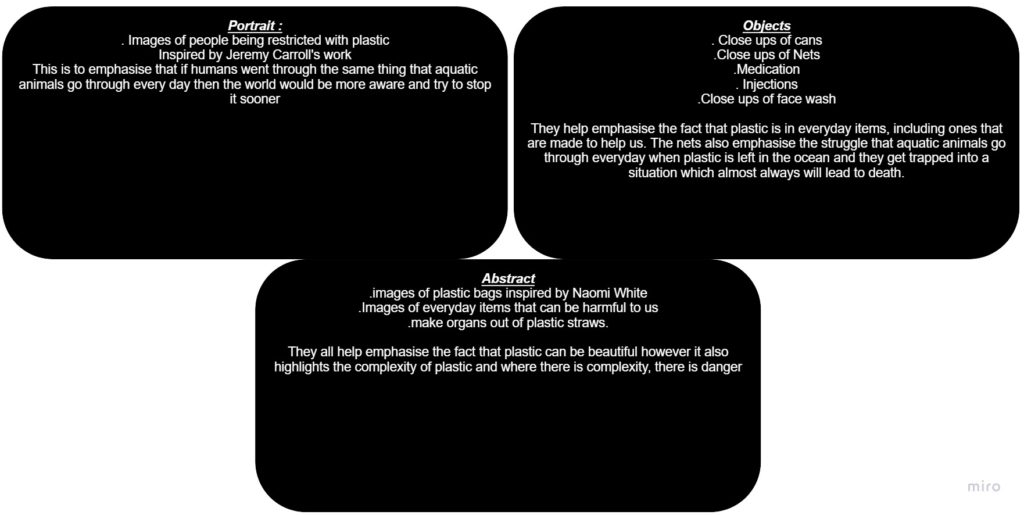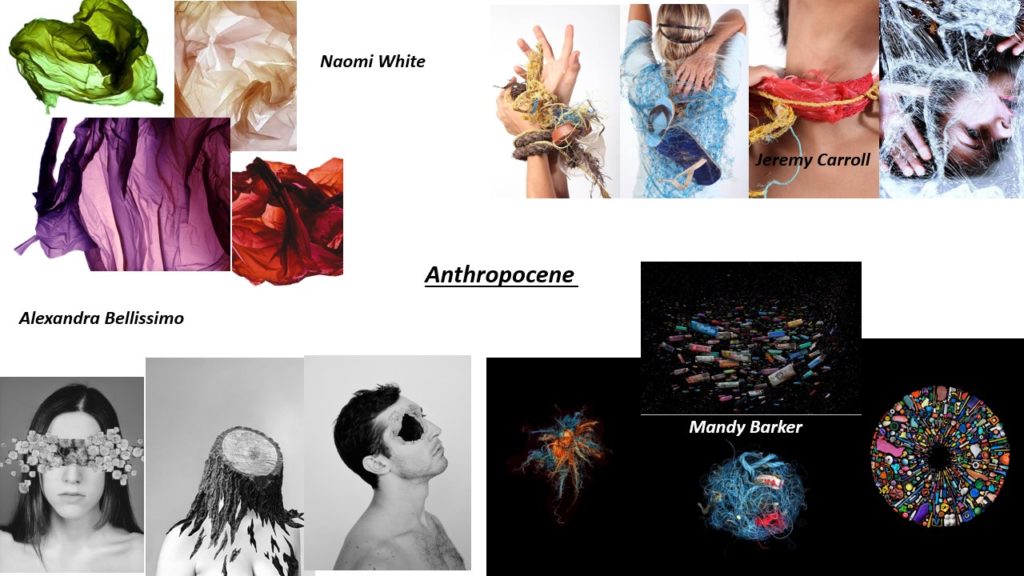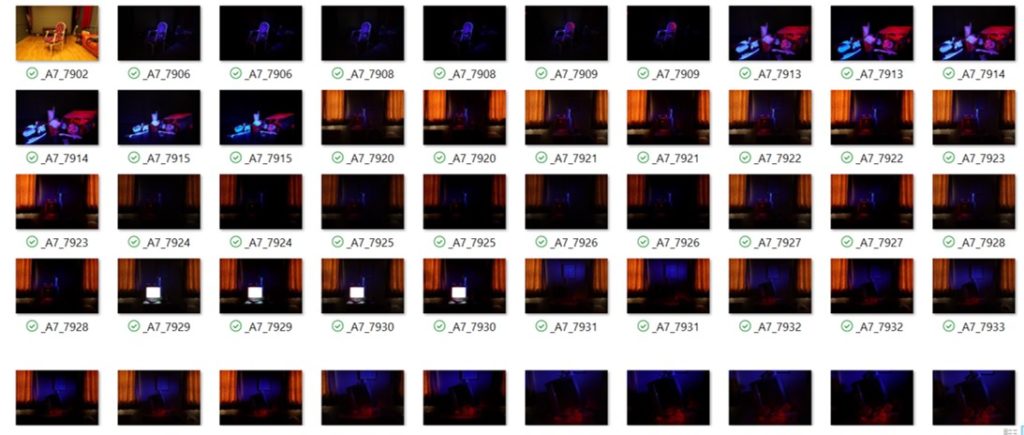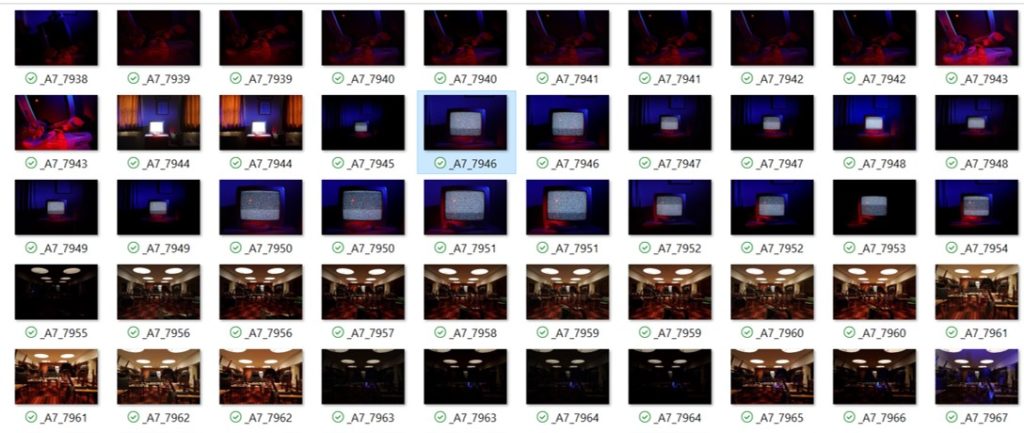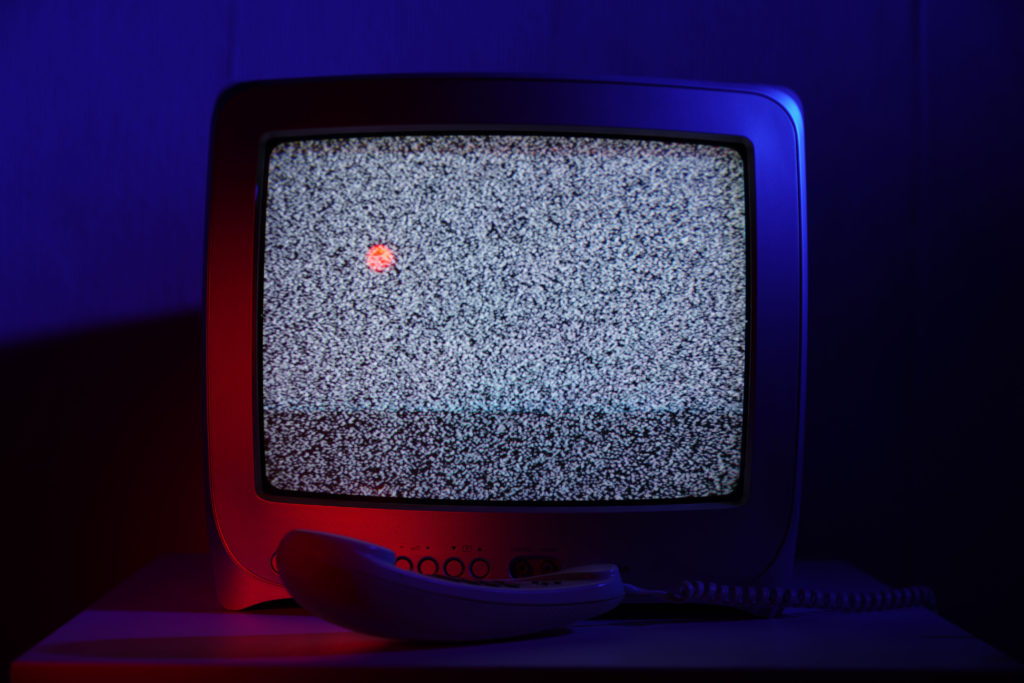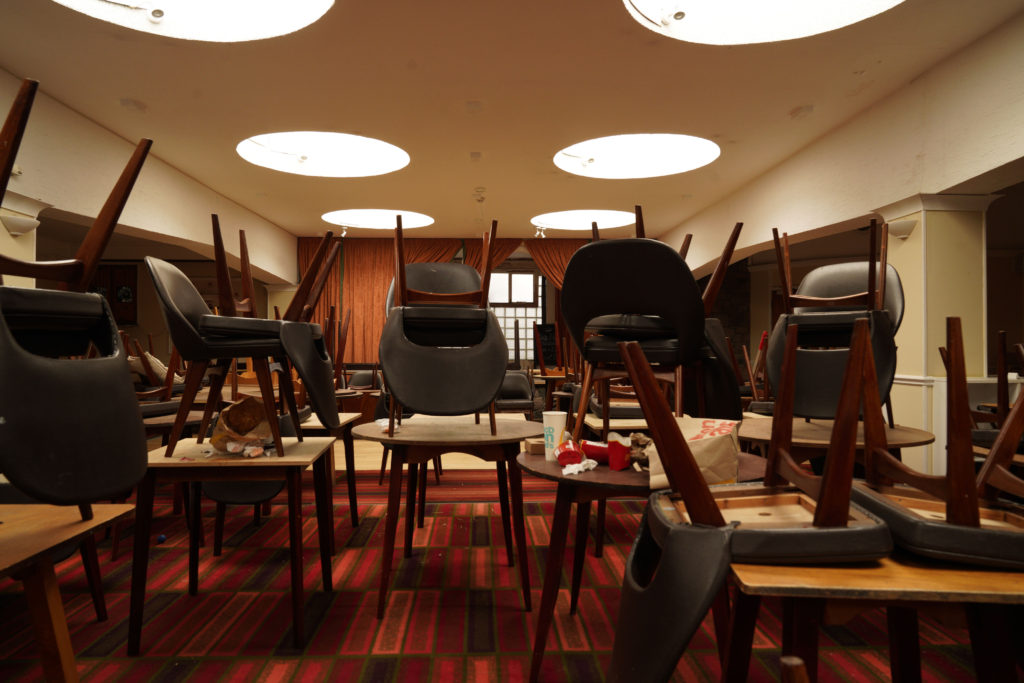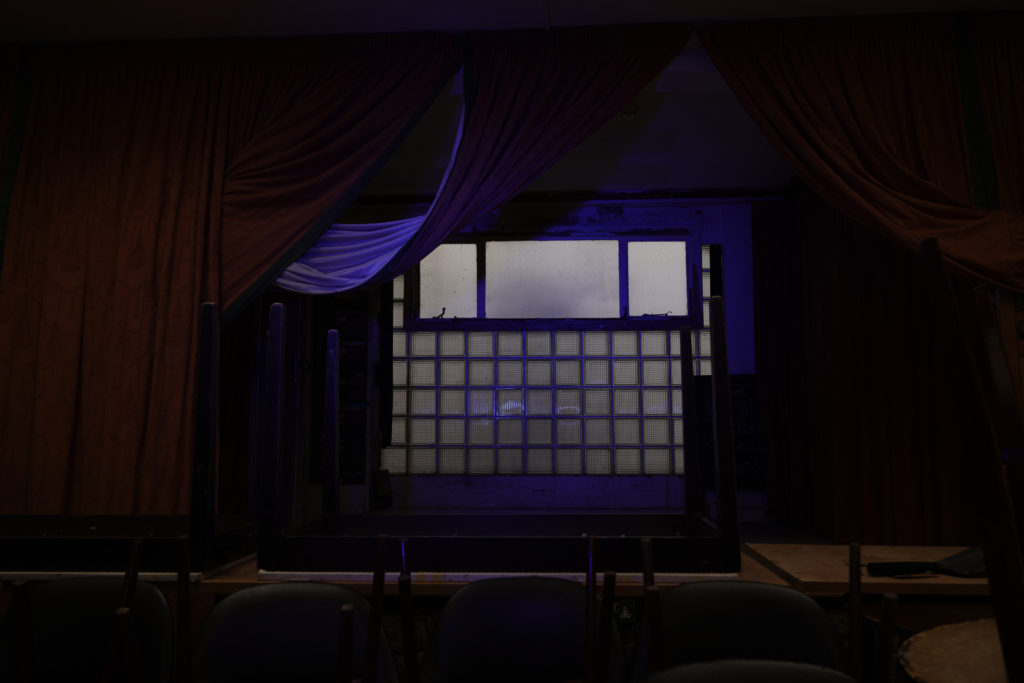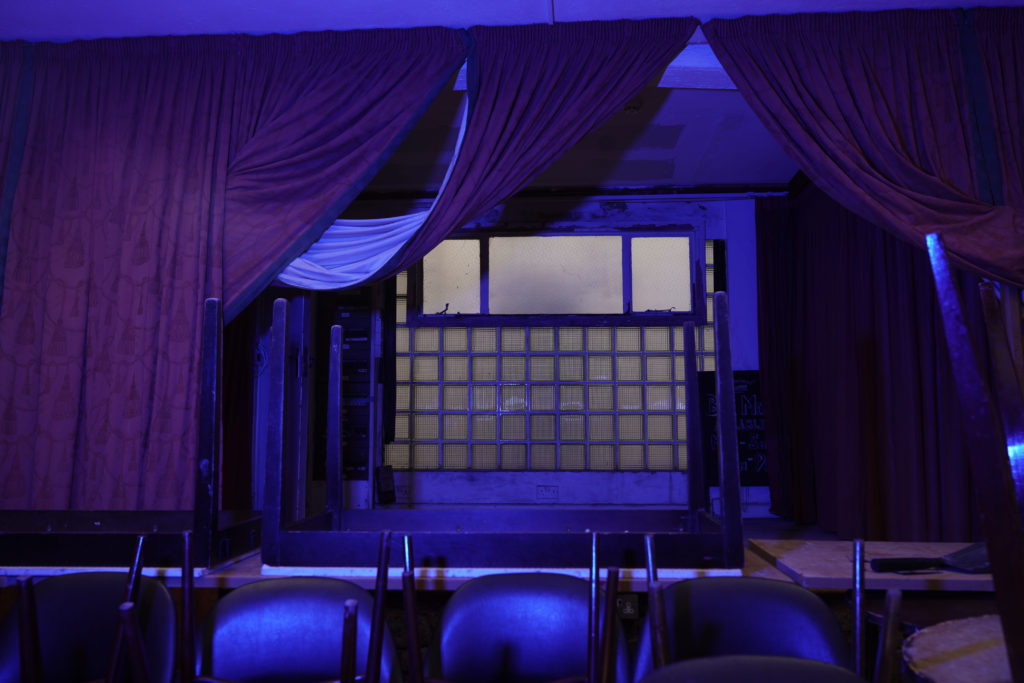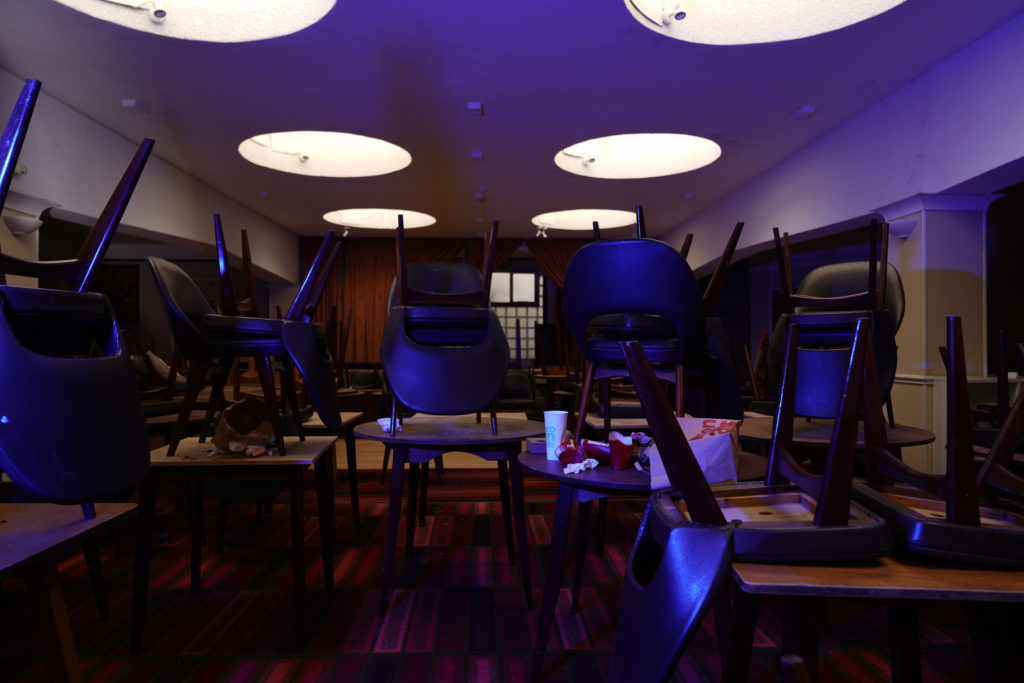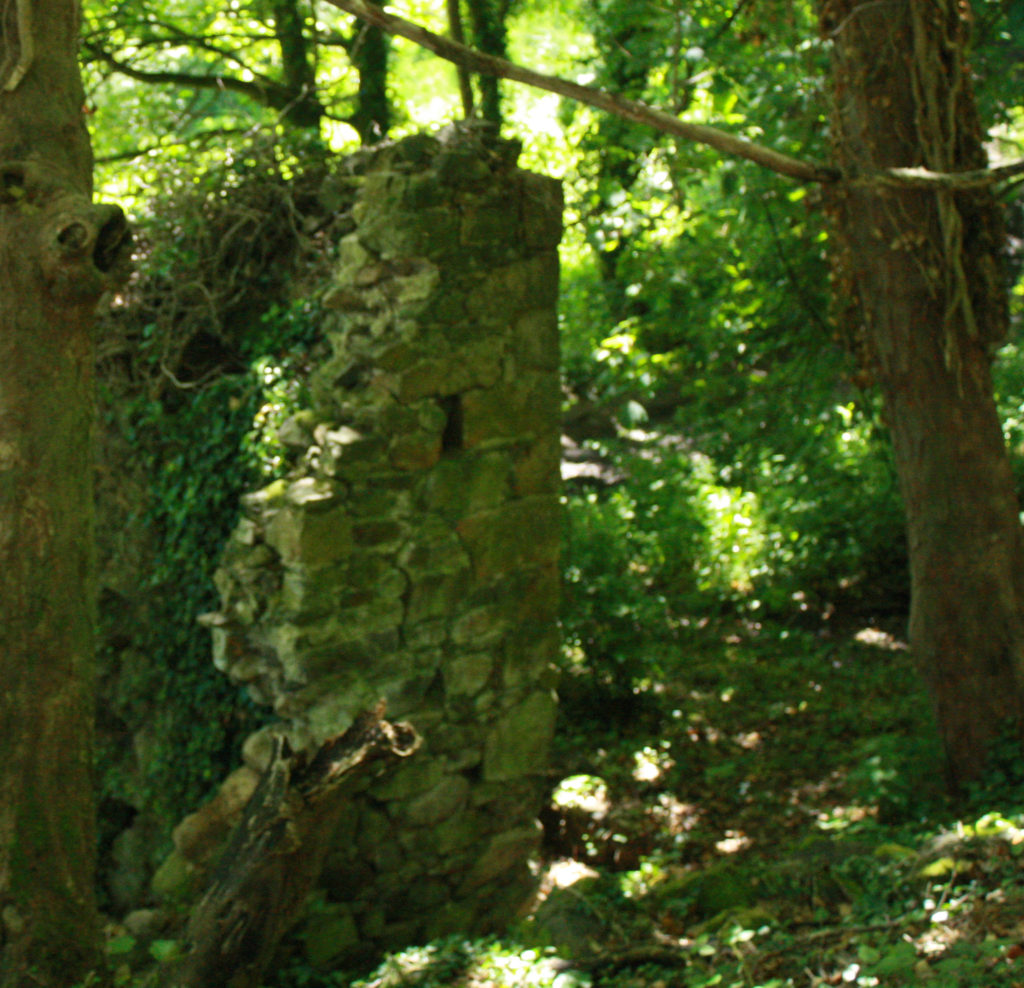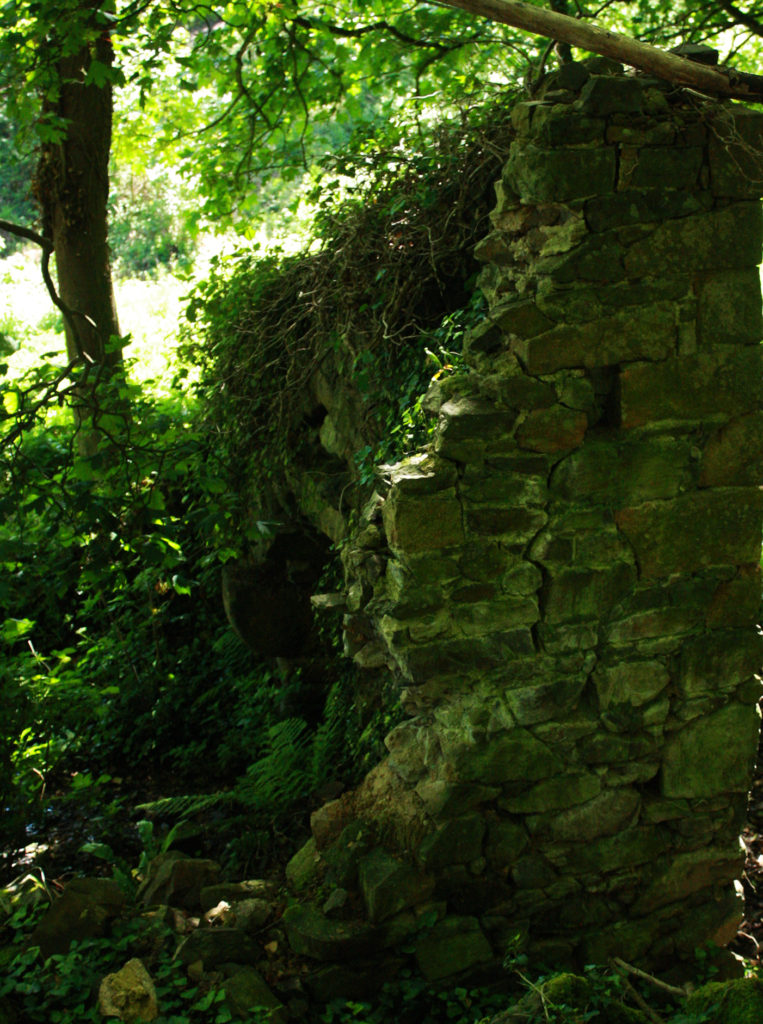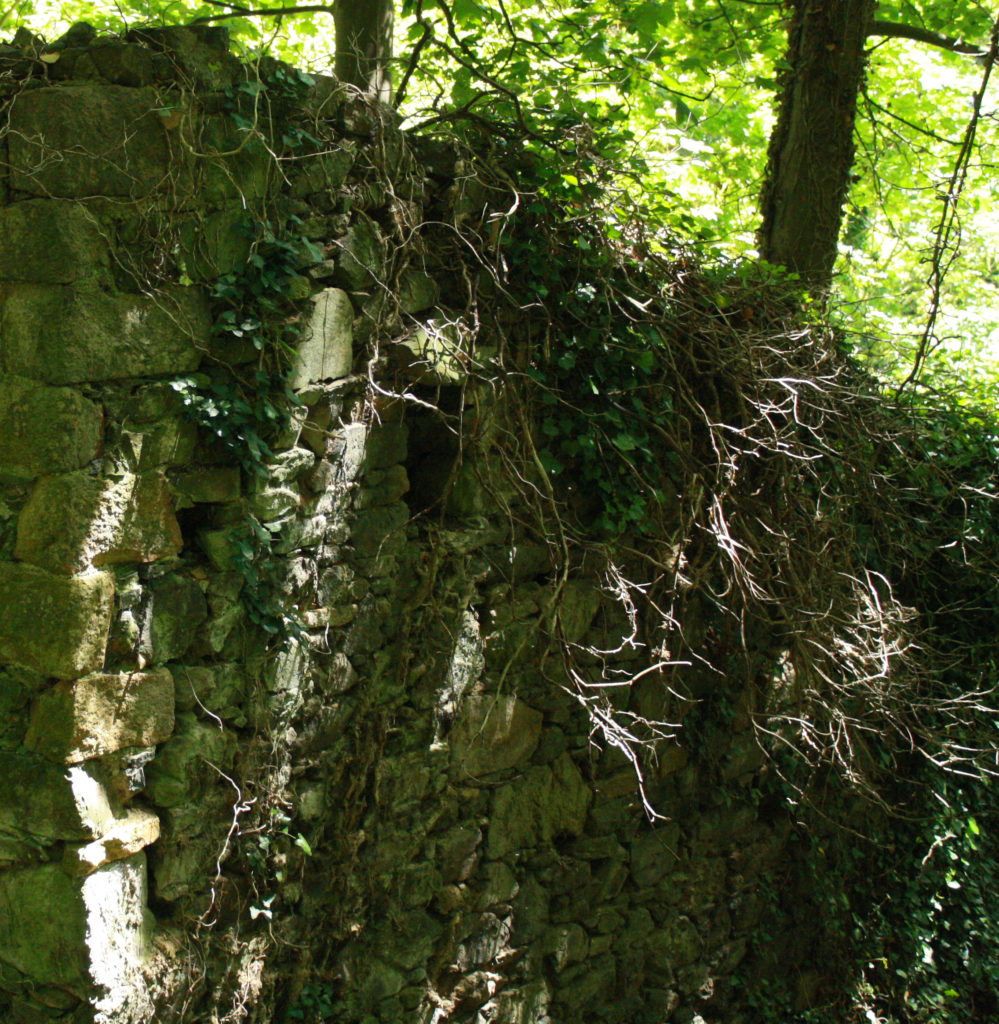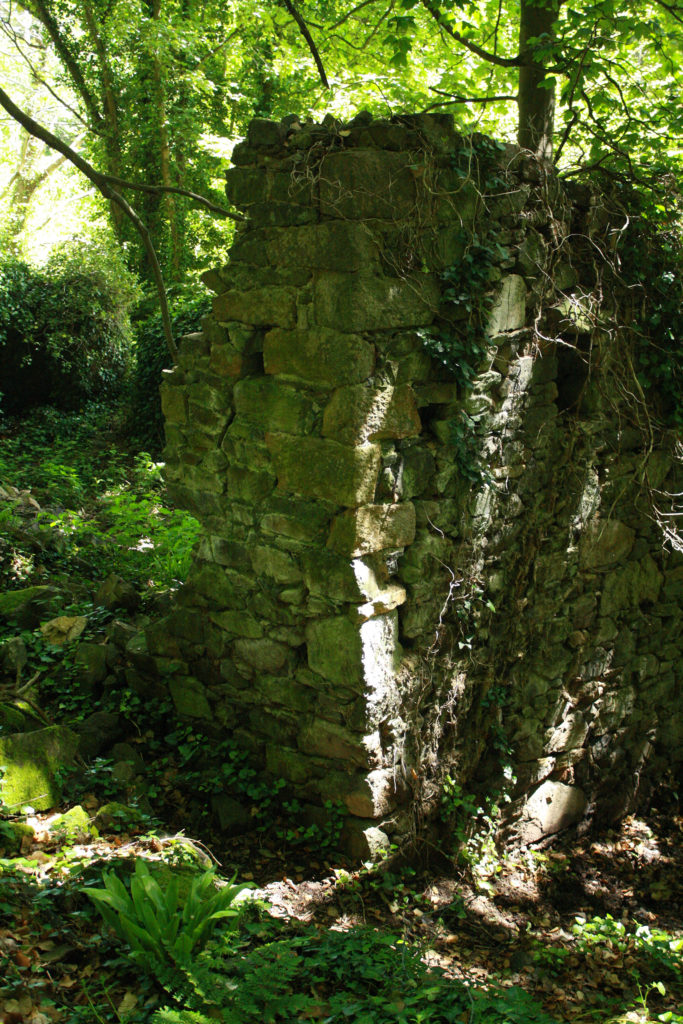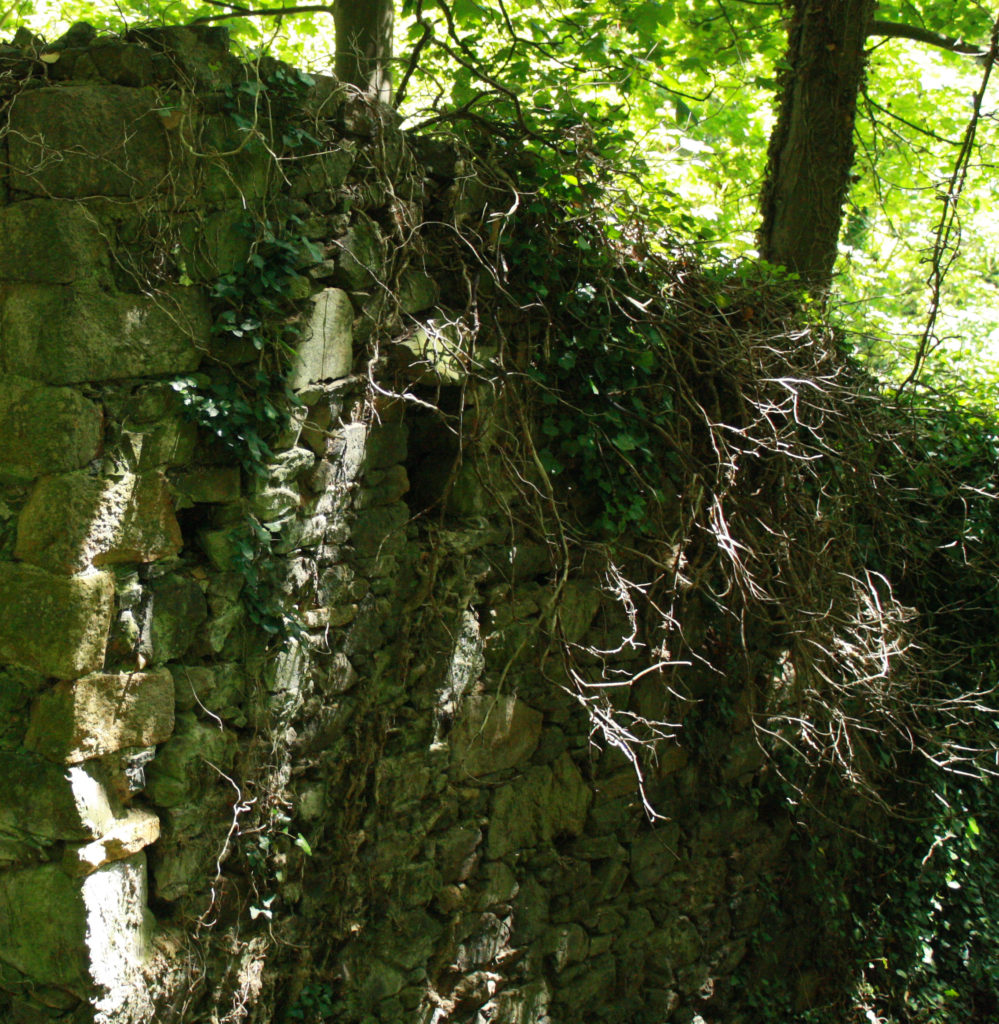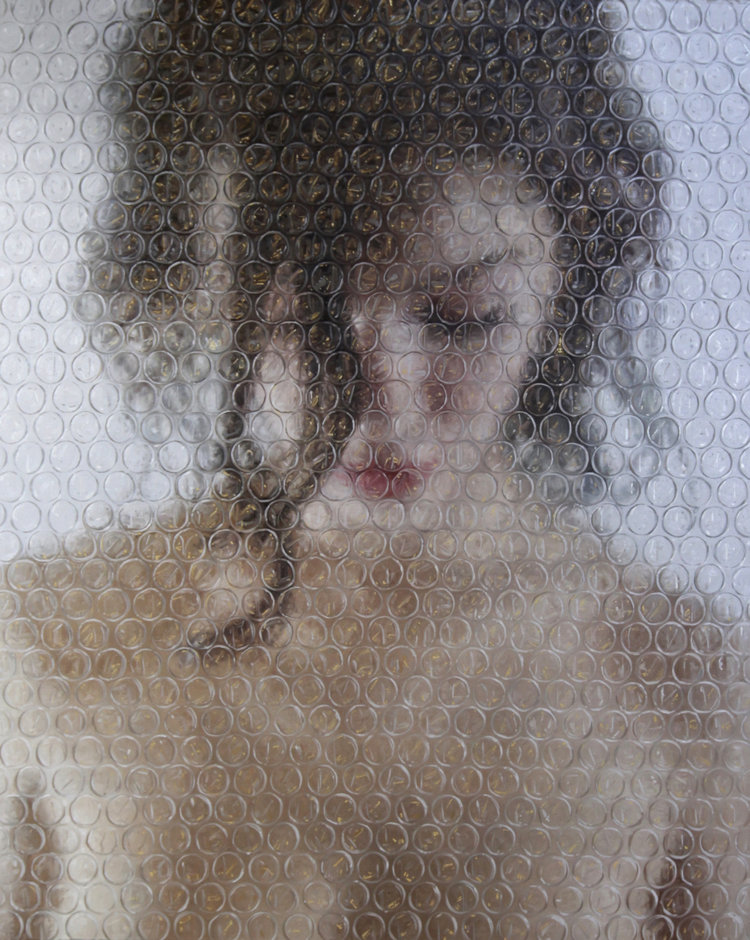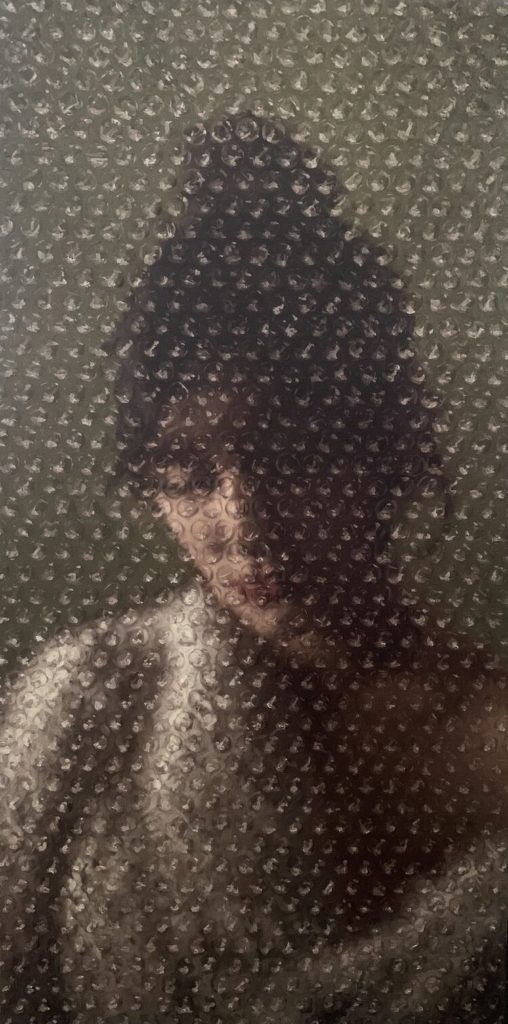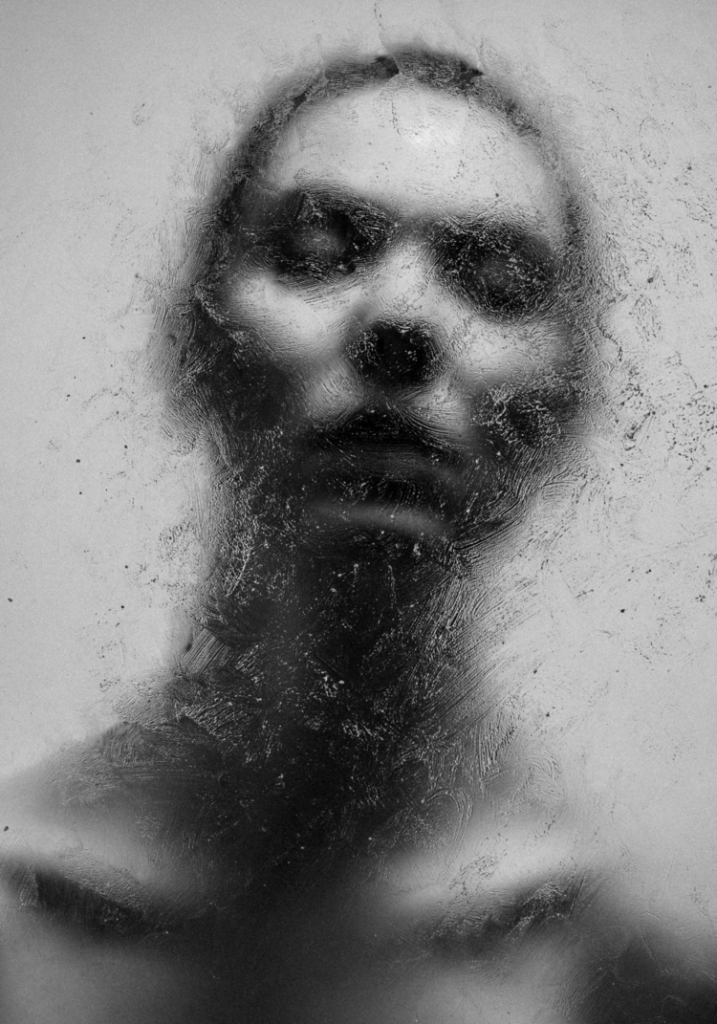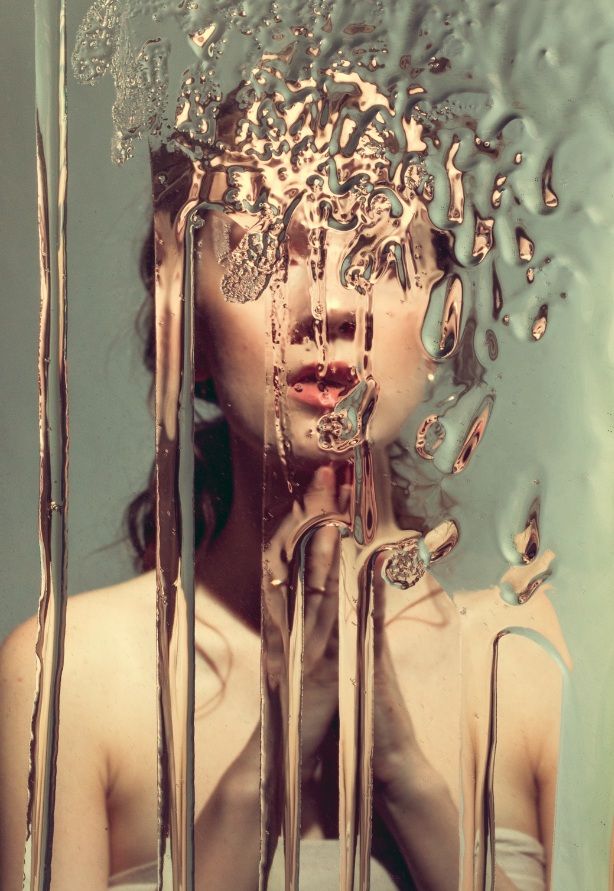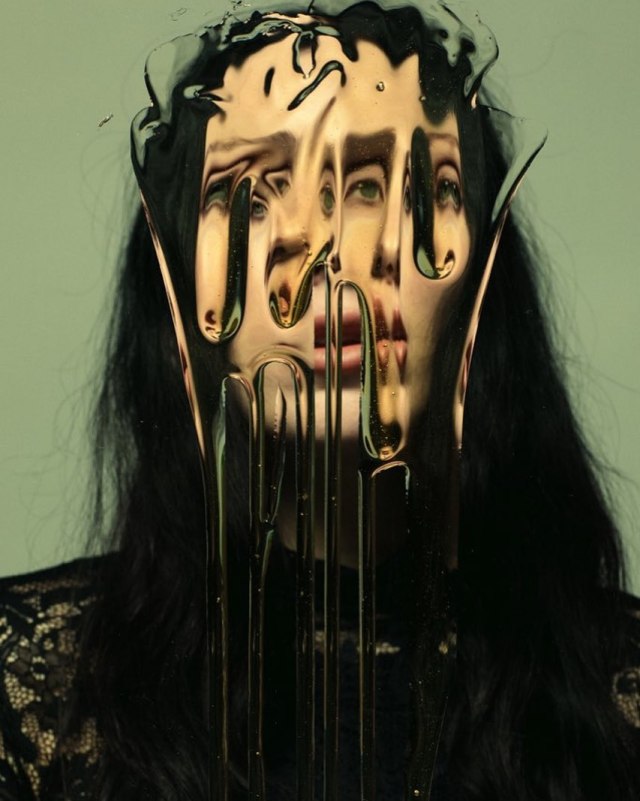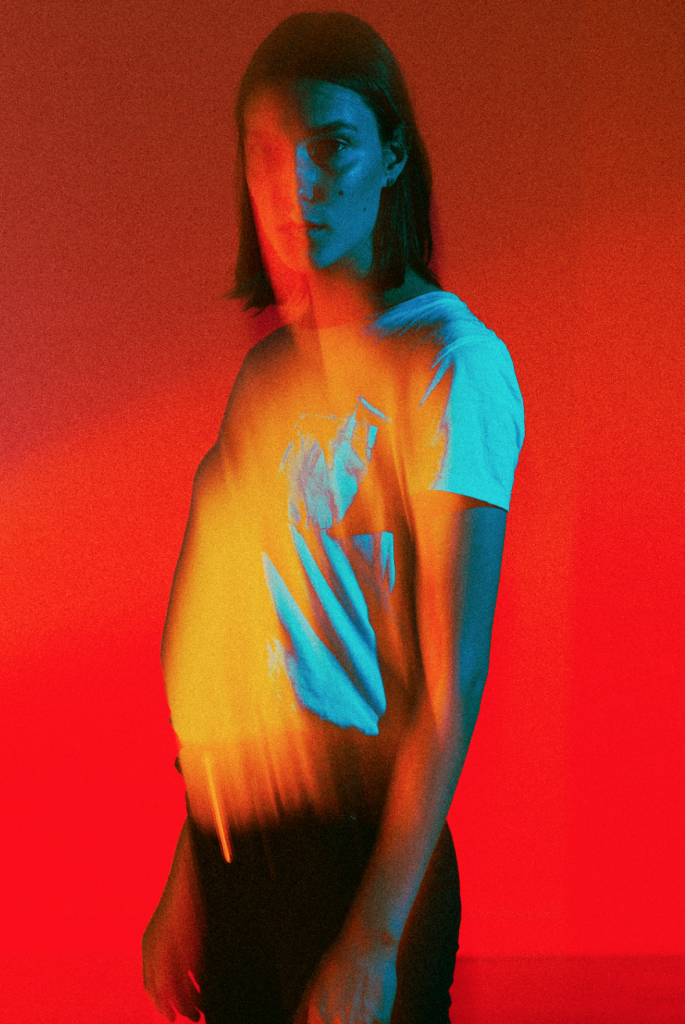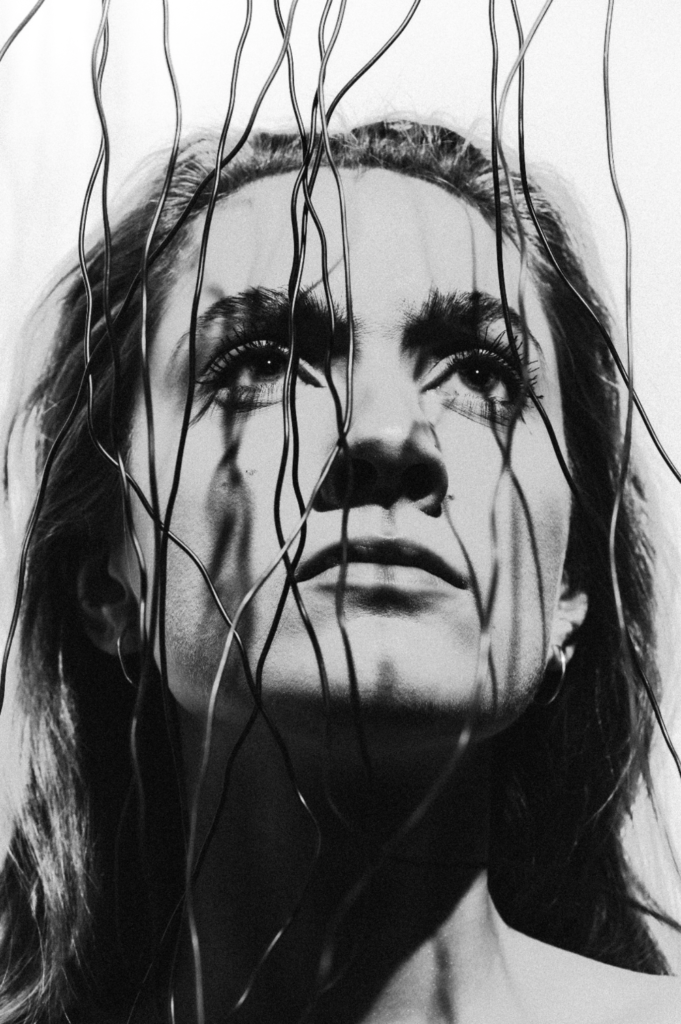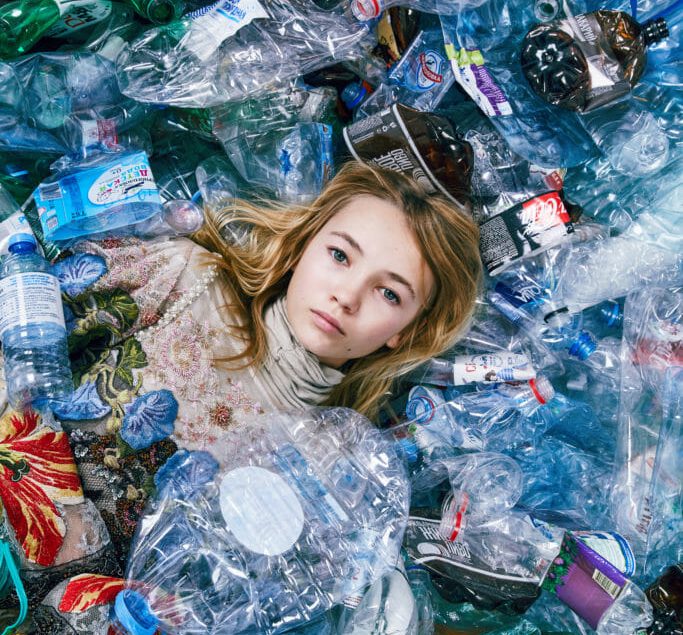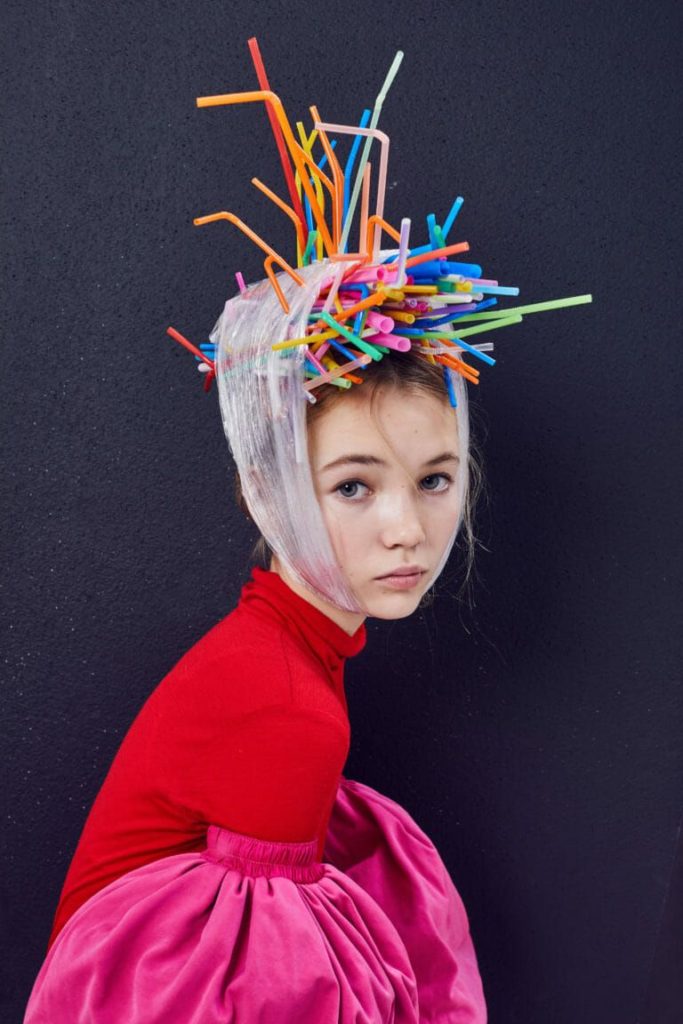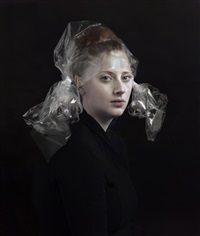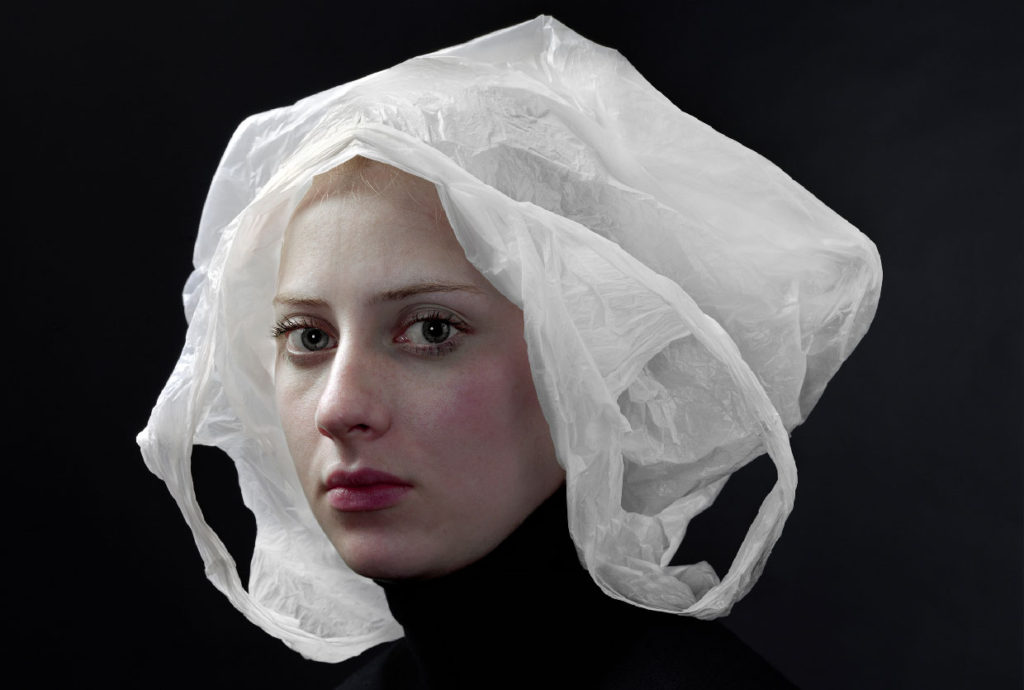Why Andrew Moore?
Andrew Moore’s work depicting the effects of time on natural and built landscapes has greatly inspired me while researching for this Anthropocene project. I really enjoy the way Moore captures his images from a different perspective to Burtynsky and how he demonstrates the way nature is trying its best to overcome the effects the human race is having on the environment. I wish to reflect this element of Moore’s work through landscape photography of overgrown scenes while also capturing images showing areas of nature by the side of industrial buildings. I believe this will further the Anthropocene idea on society’s impact on the world by showing the impending modernization creeping into each photograph. Additionally, Moore’s use of saturated colours and natural lighting allows the observer to understand the subject better, for example letting them acknowledge how nature; when left alone and undisturbed by humans, has the ability to form beautiful natural landscapes and areas that are not overwhelmed by industrialized structures.
Photoshoot Plan
What – I plan on capturing images of landscapes which have been impacted by humans with buildings, greenhouses, ruins and industrial sites – however with nature still trying to make an appearance, fighting back against the urbanisation. I wish to capture elements of the natural environment juxtaposed with modern structures to represent the imminent world industrialisation.
Where – I aim to produce this photoshoot around many locations on the island; the first, where I wish to photograph the difference between nature and industrial structures, is at Le Quesne Barracks, Mount Bingham in St. Helier. I also plan on walking down to the beach at Halve Des Pas to capture the natural landscape with tall structures from La Collette in the background.
When – My plan is to conduct this photoshoot on Friday 21st of May due to the forecasted sunny weather, as I am taking my images inspired by both Edward Burtynsky and Andrew Moore on the same day. The bright weather will aid my photoshoot as it will create harsh shadows and emphasise natures vibrant colours, symbolising the beauty in the untouched natural environments around us, which are slowly being destroyed and forgotten.
How – Similar to my shoot inspired by Edward Burtynsky, I will use natural sunlight to capture my images. I also plan on standing from a lower eye-level point of view and getting closer to the main subject of my photos to reflect Moore’s more grounded style of photography.
Why – My aim in producing this photoshoot is to mirror the work of Andrew Moore by capturing natural landscapes which have been effected by the human race with buildings and structures creeping into each photo. Additionally, I want to photograph areas of landscapes that have been tampered with by humans however where nature is retaliating against the urbanisation of it’s natural habitat.
Contact Sheets

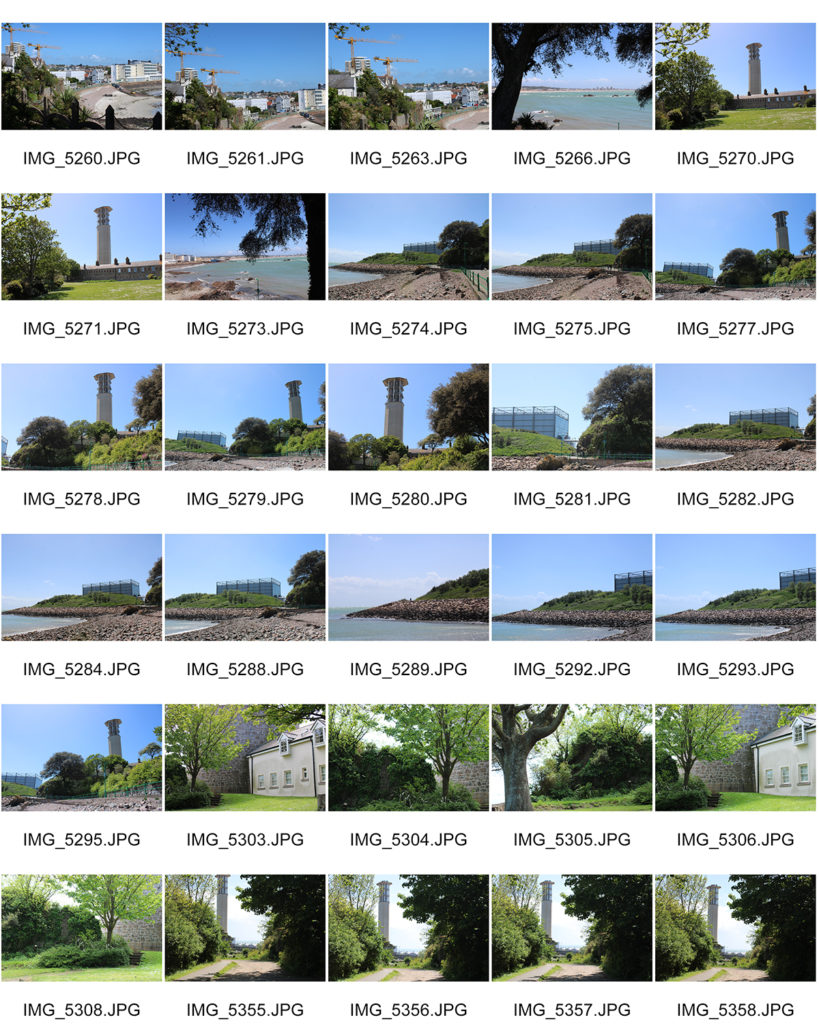
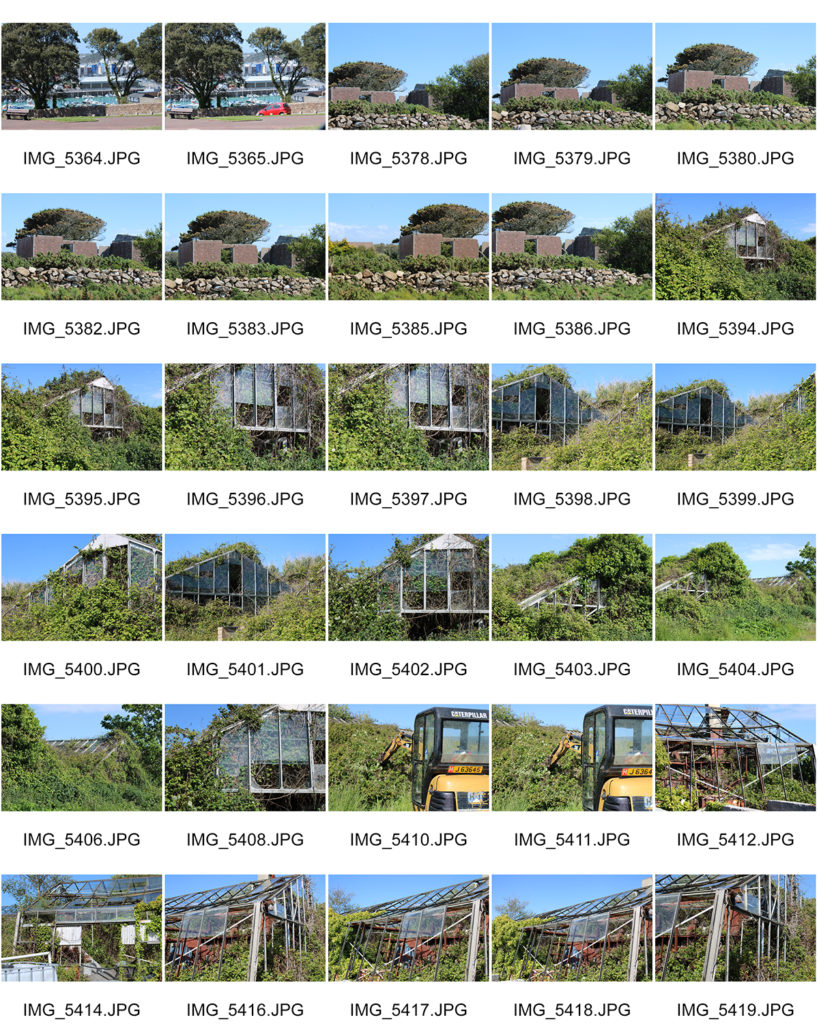

Selected Images
Image Analysis
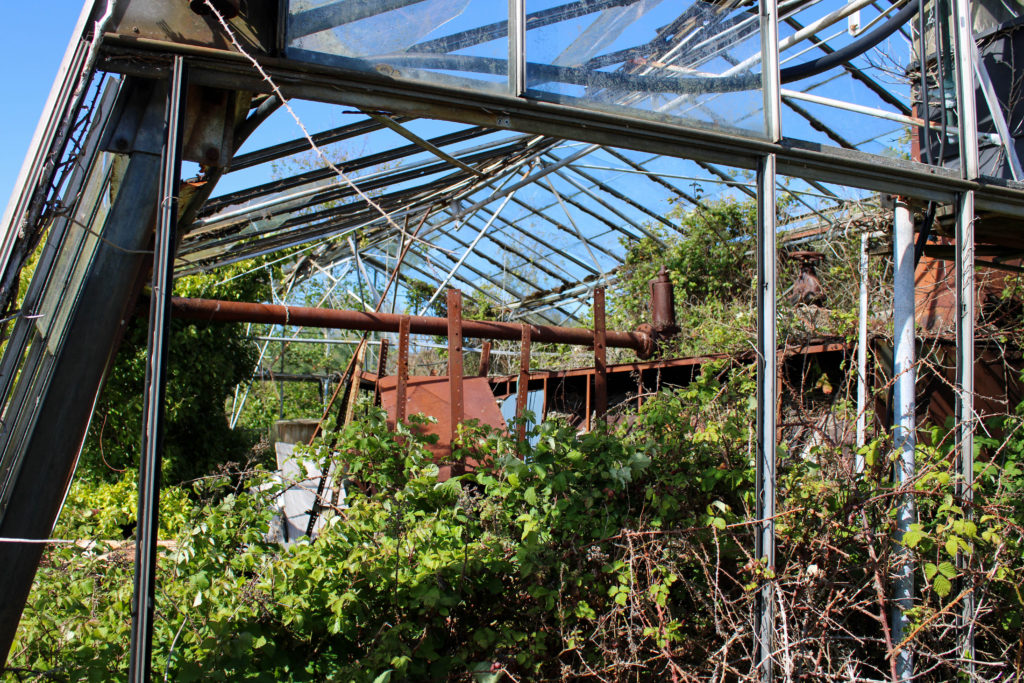
I have chosen to analyse this image from my Andrew Moore inspired photoshoot as it represents the idea of nature fighting back against industrialization. I captured this photograph at an abandoned greenhouse in Grouville, during mid-day using natural lighting to reflect Moore’s style of photography. The first element of my image that I really enjoy is my capturing of straight leading lines, creating direction in the photograph and guiding the observer’s attention into the center of the image. These thin abstract lines create geometric patterns from the mid-ground to the background and symbolize the rigid systematic way that humans are impacting natural environments. These artificial shapes contrast greatly with the organic pattern formed by the cluster of bushes and leaves which are reflected throughout the image. The texture created by these brambles is rough and spiky which gives the impression that nature is having to fight for its environment through force as society’s modern architecture will not let it thrive. Furthermore, the actual location of where this image was taken links to the Anthropocene idea even more as it is planned to be destroyed in order to make room for new housing and apartments. The context of the location shows how little humans are caring about the natural world, connoting the idea that they will let their beautiful landscapes become abandoned to make profit on industrializing and destroying them in the future. Additionally, the high saturation of colour in this image helps the observer to understand the value in our natural environments as it connotes the idea that when nature is left to thrive on its own it can create beautiful surroundings – however the vibrancy is juxtaposed with the dull monochrome greenhouse structure which symbolizes how nature is trapped behind the industrial bars of man-kind.
Natural Landscapes
During my Andrew Moore inspired photoshoot, I captured elements of the landscapes that I was in which showed nature, untouched by man and thriving in its natural environment. I wanted to photograph these landscapes to link to my initial idea of presenting the three different stages of industrialization, showing nature unharmed, nature fighting against man-made structures and nature destroyed with urbanization taking over – in my final presentation of images I wish to use these natural landscape images as the first photo in the sequence of three. I wanted to highlight the beauty of nature through vibrant colours and the use of negative space in the skyline – I believe this gives the impression of a clear clean future of surviving natural landscapes, which contrasts significantly with the other two elements of my Anthropocene project.


